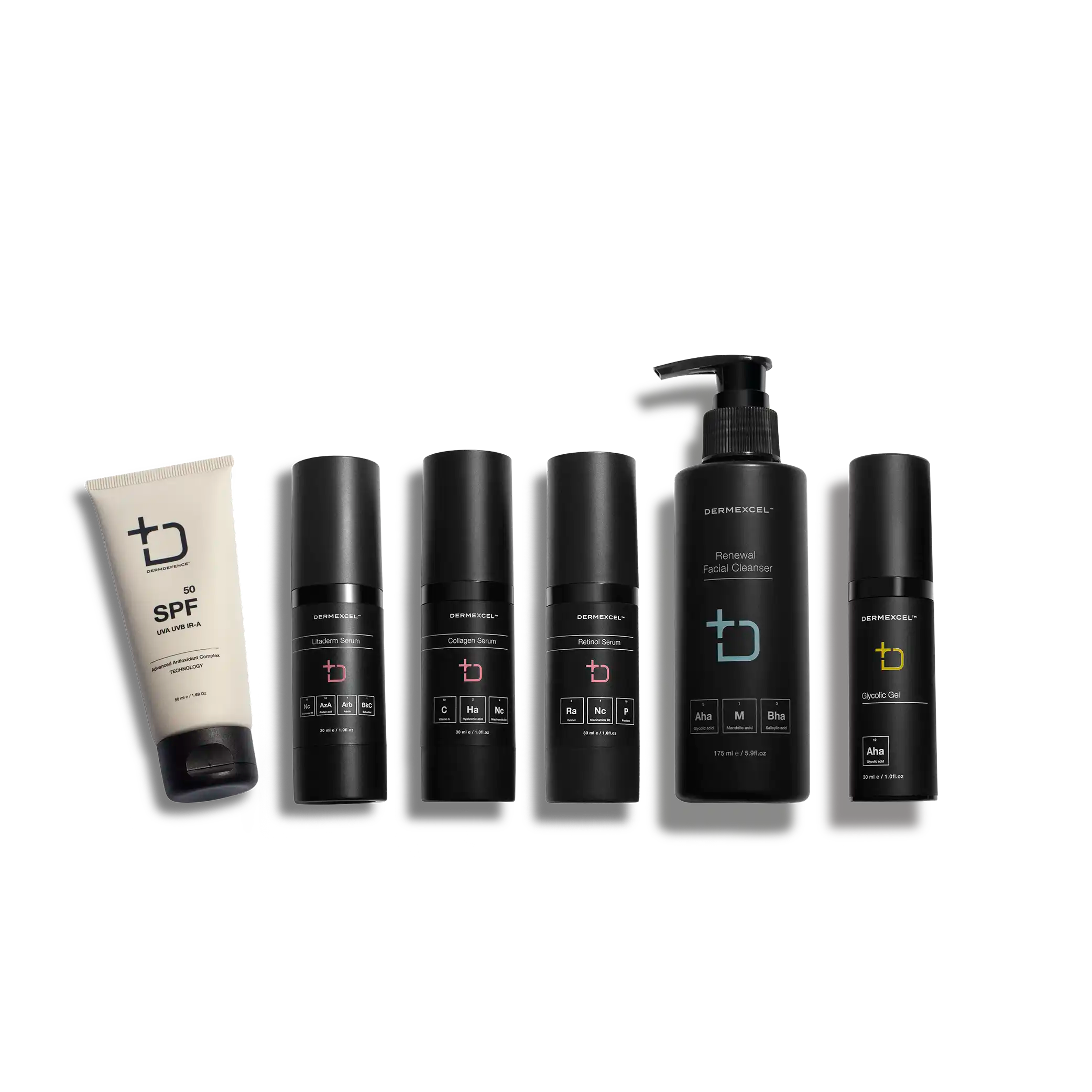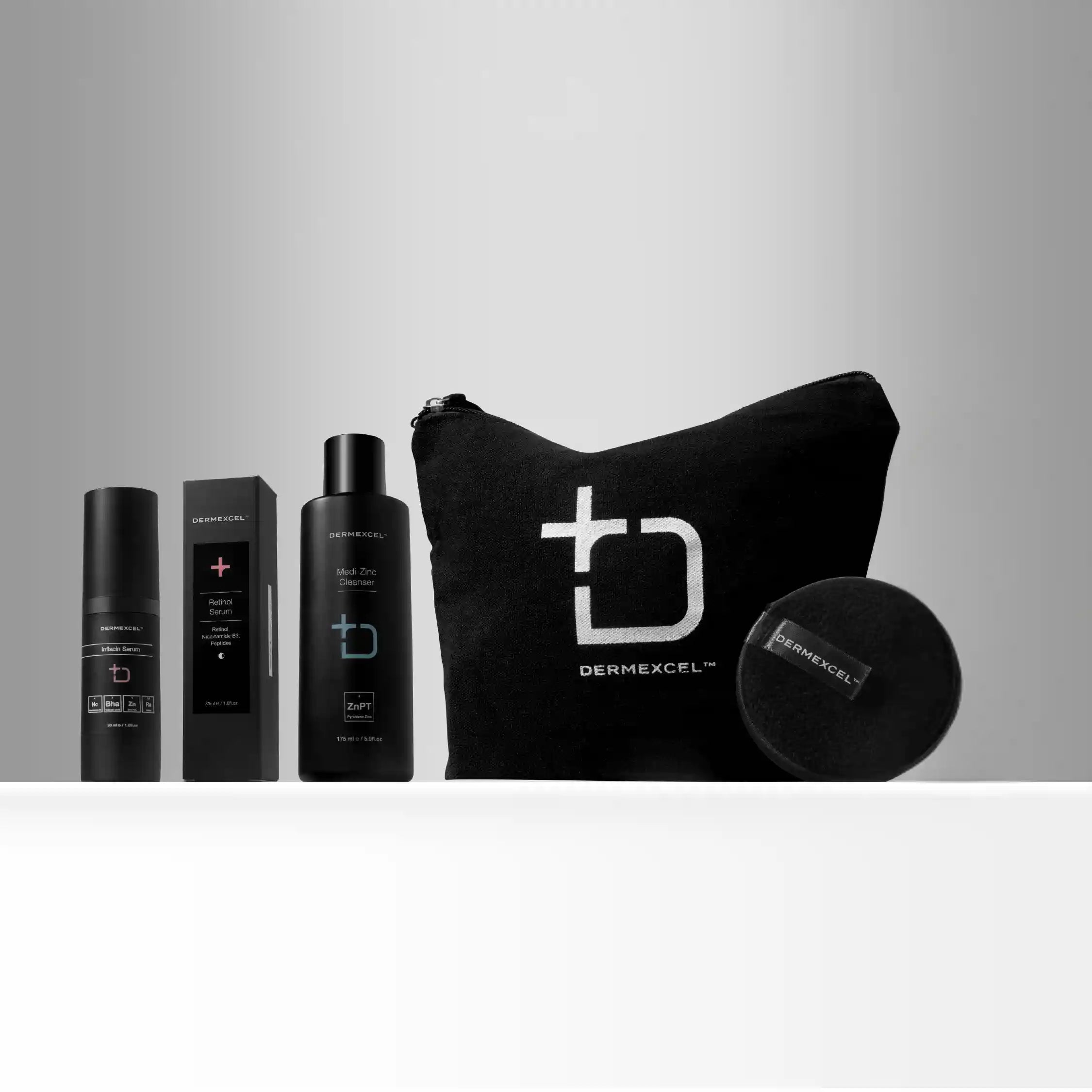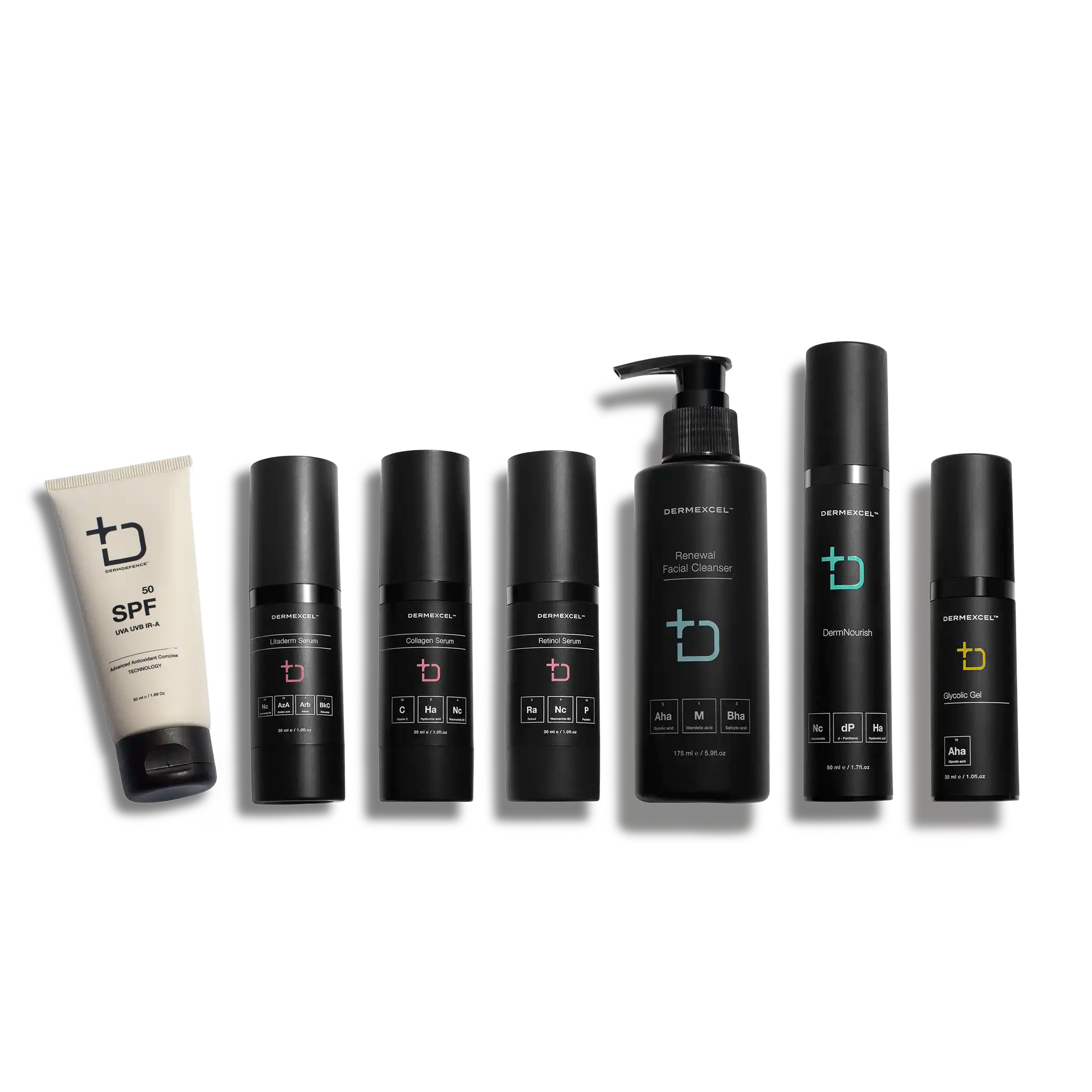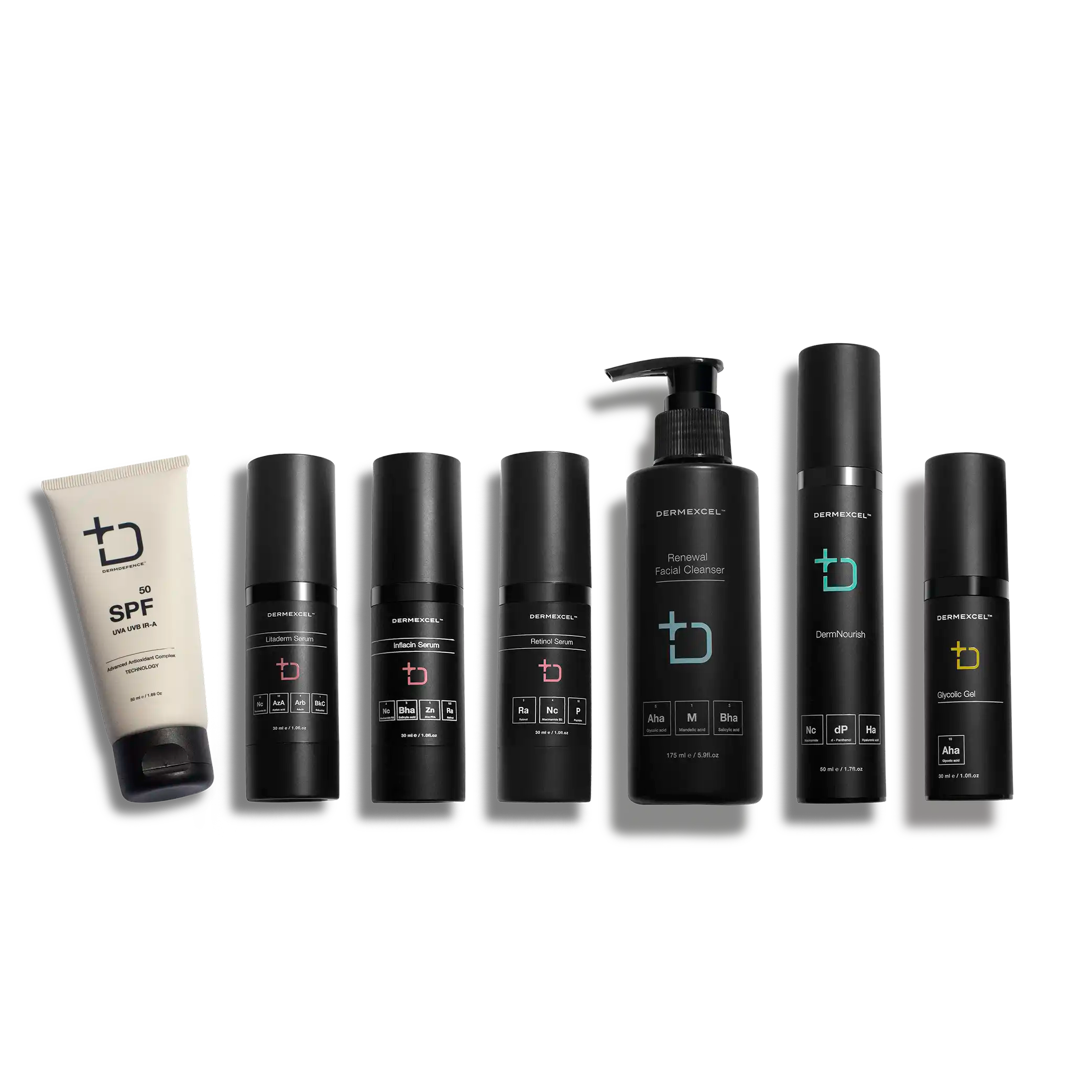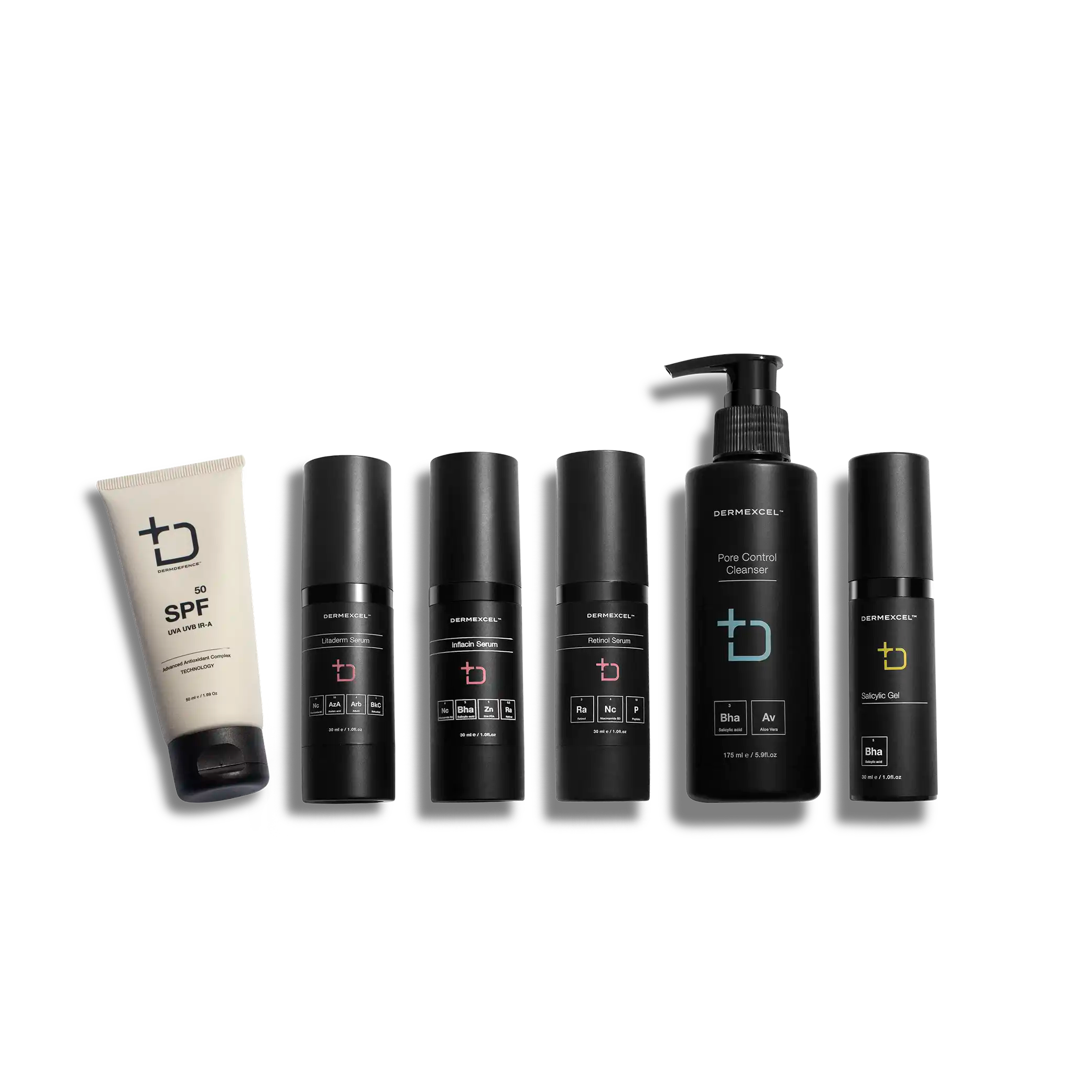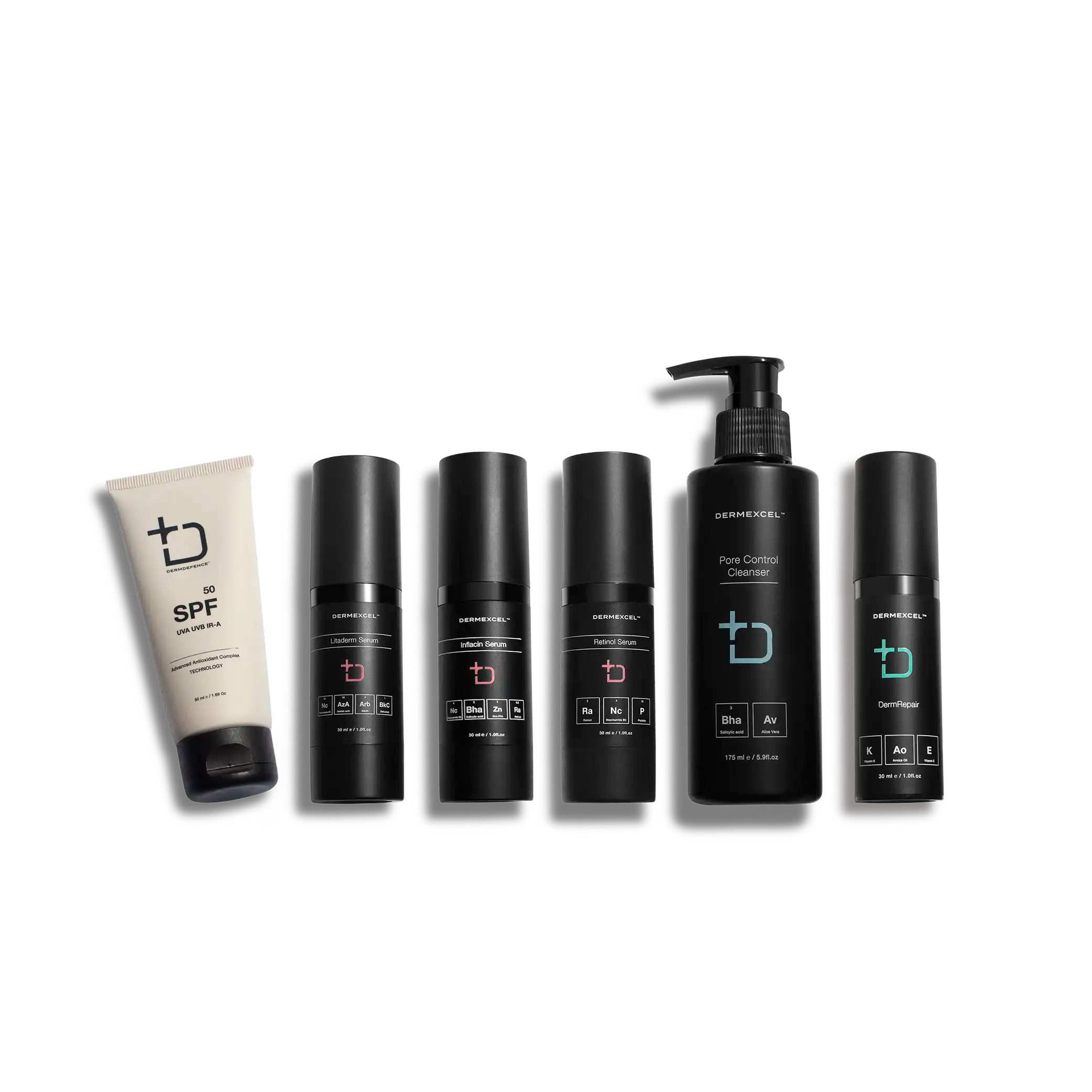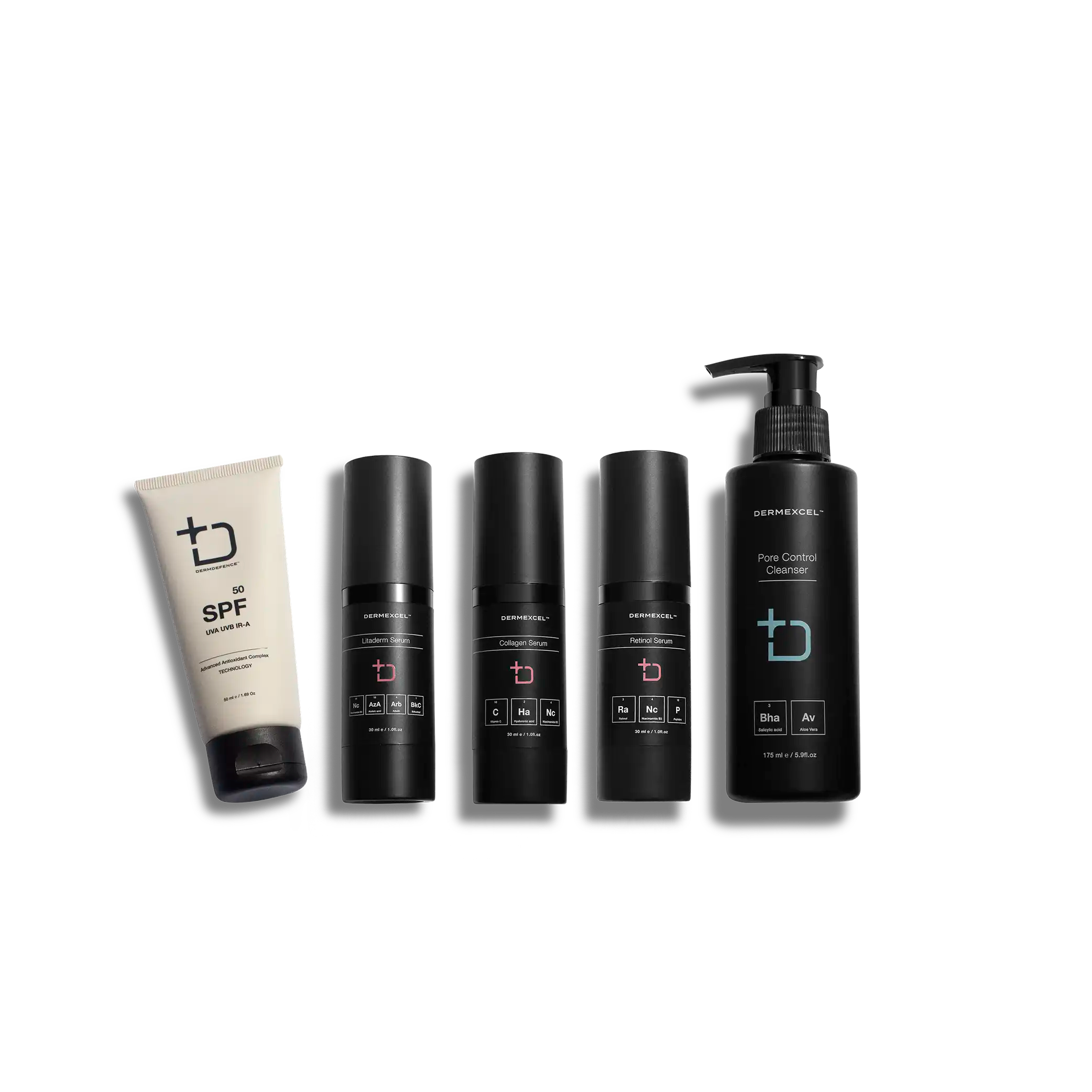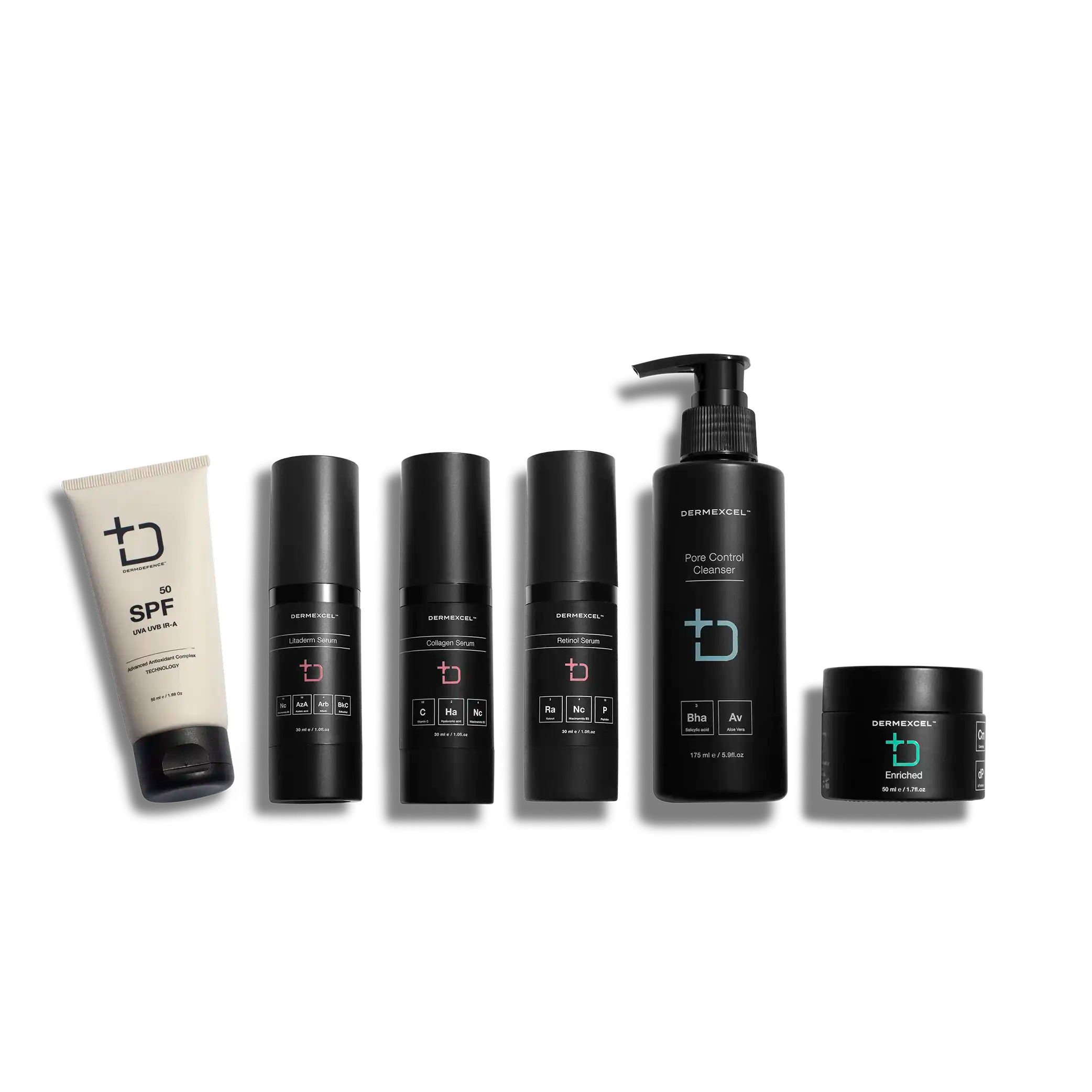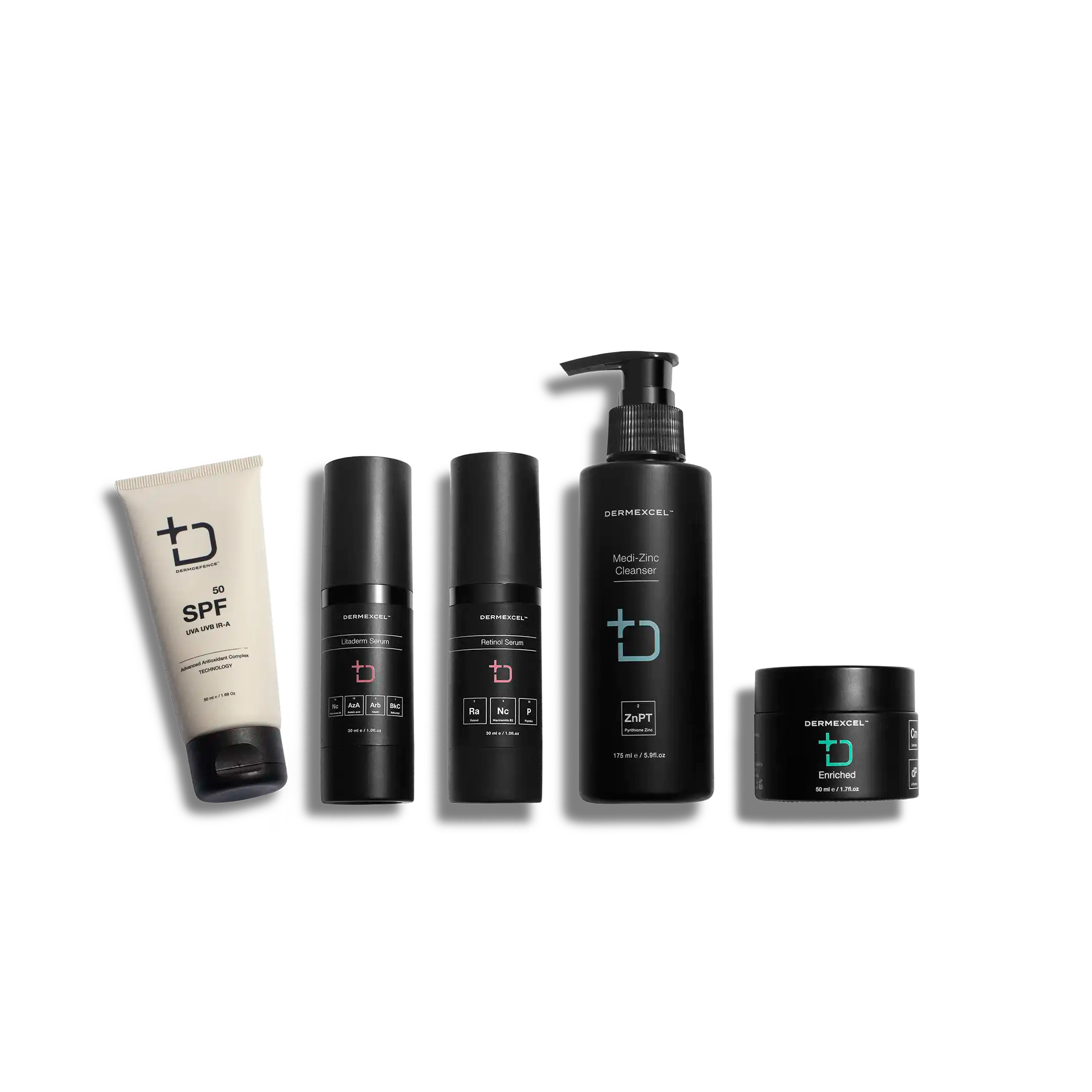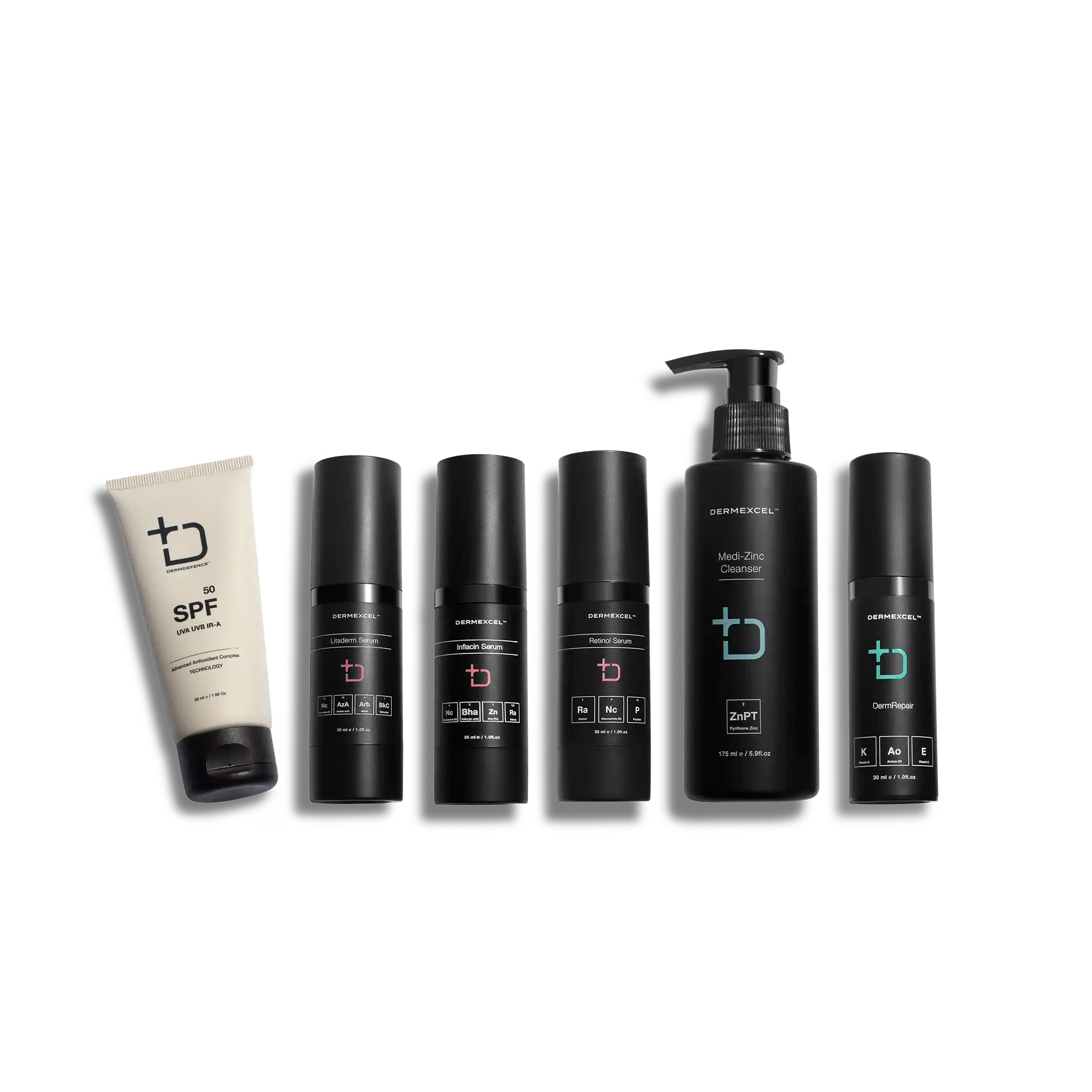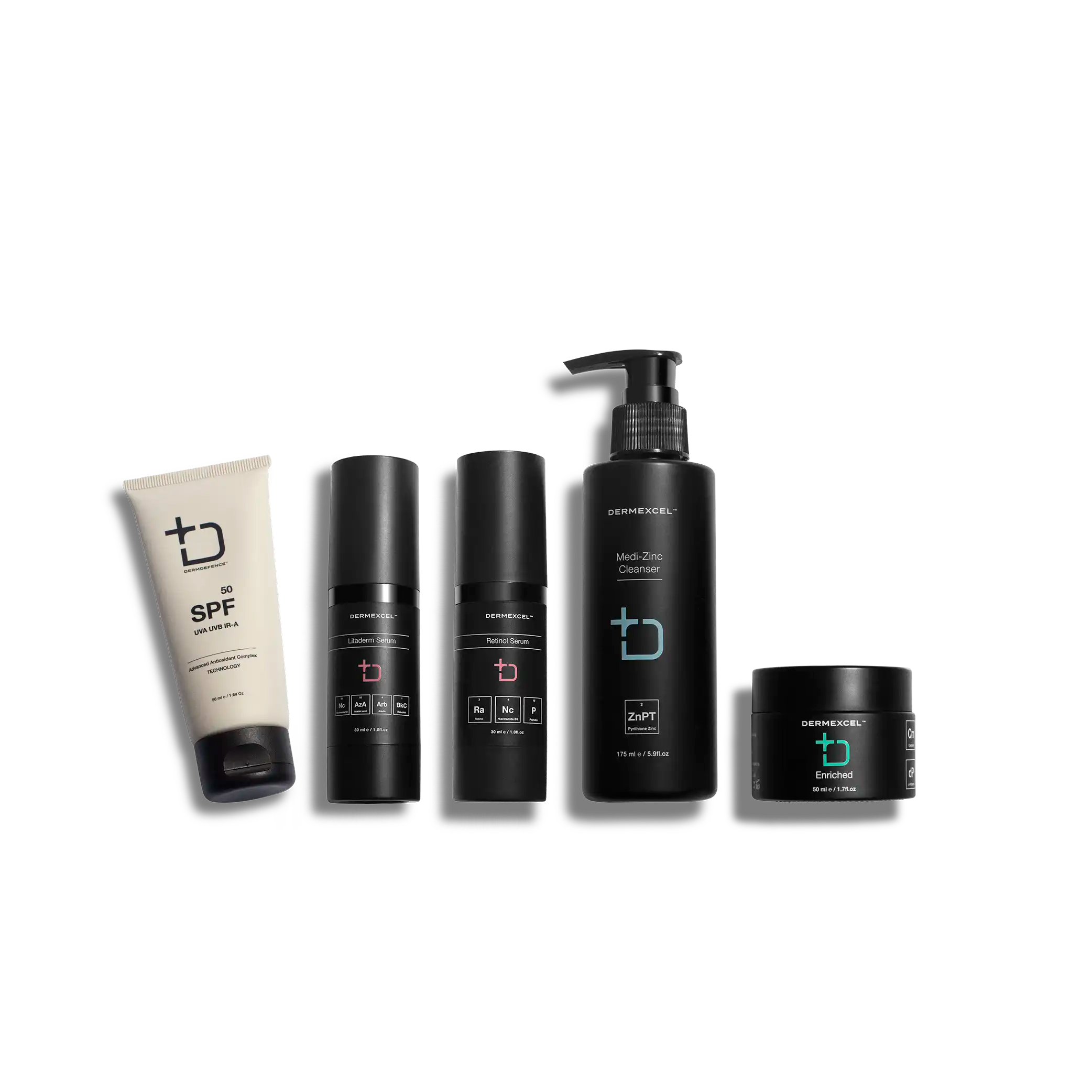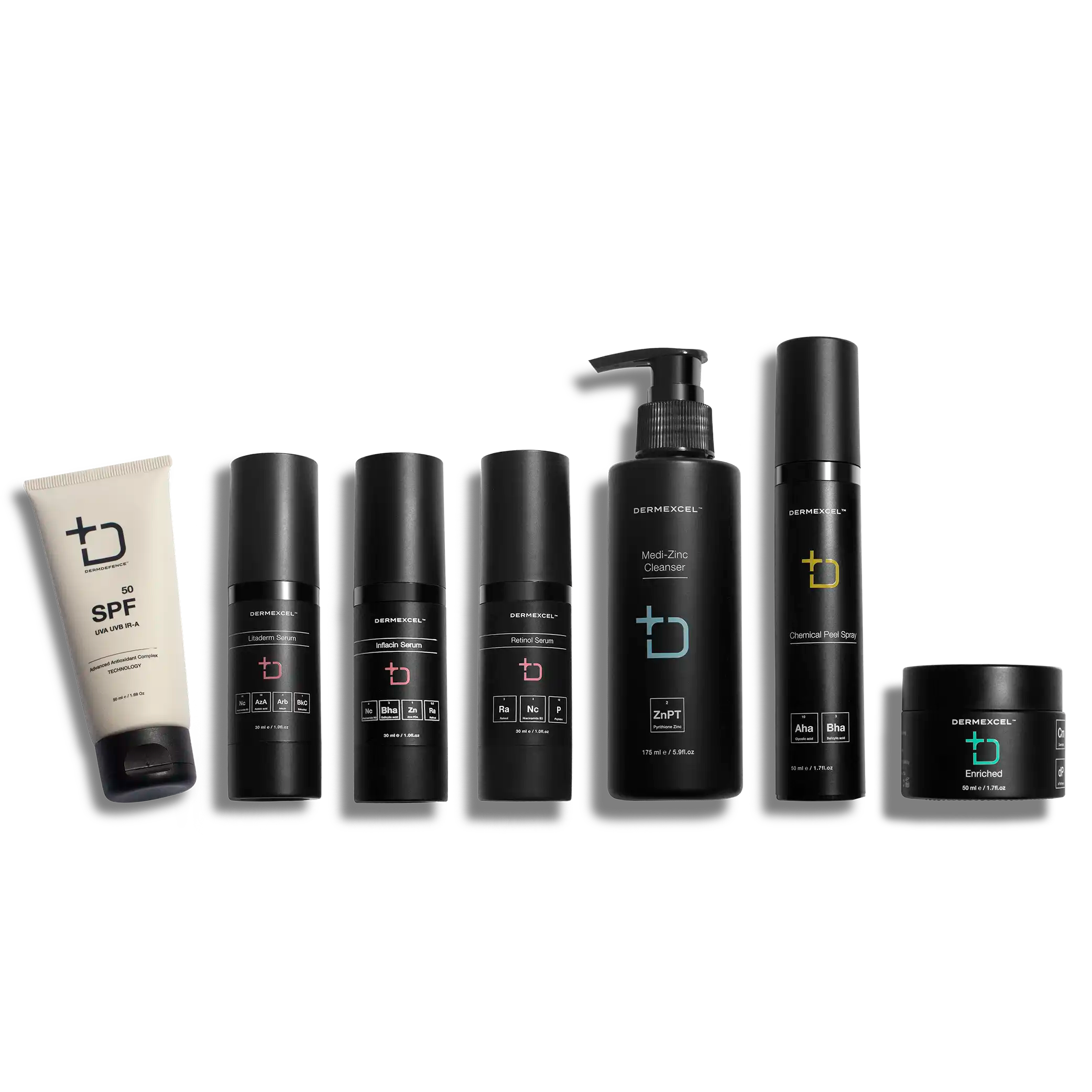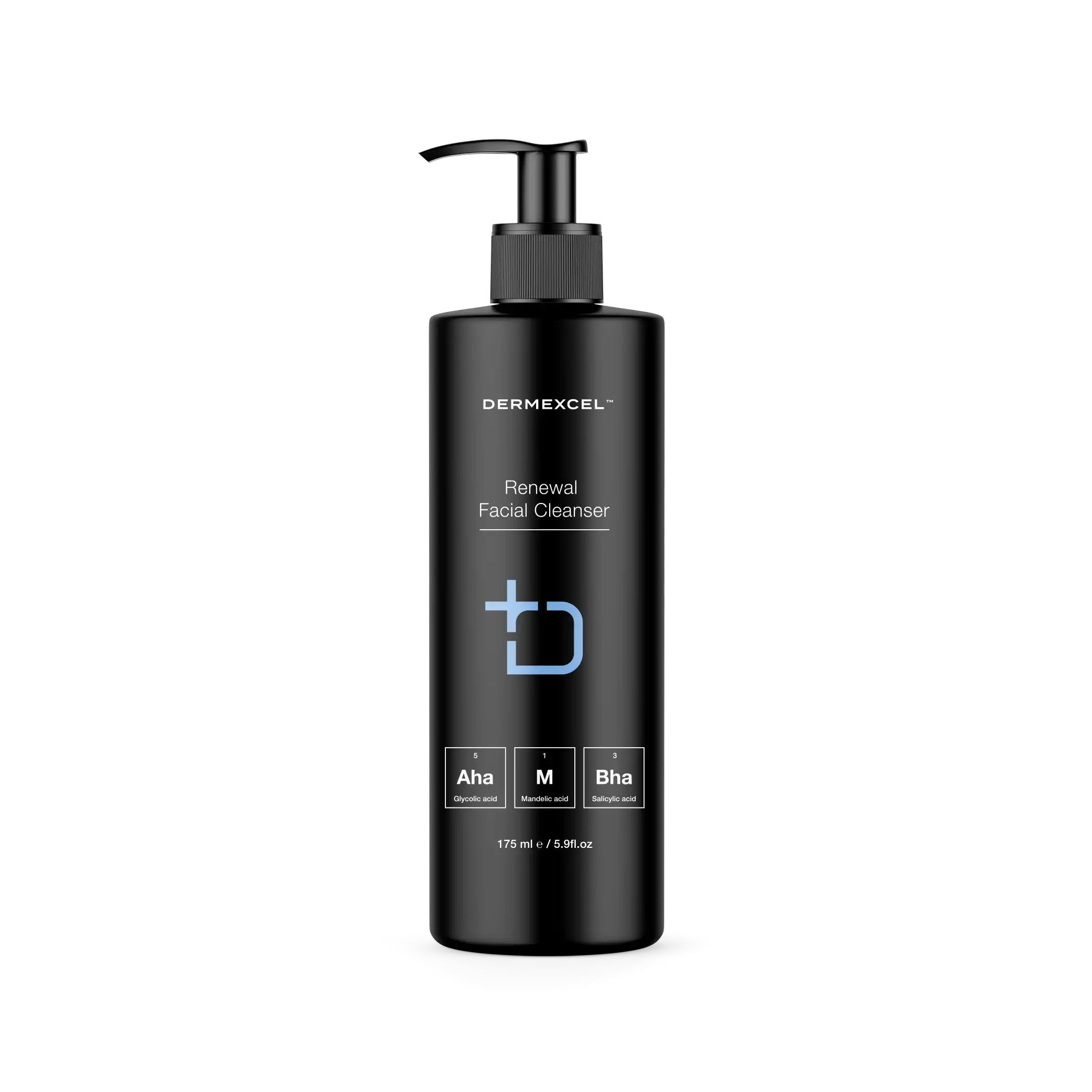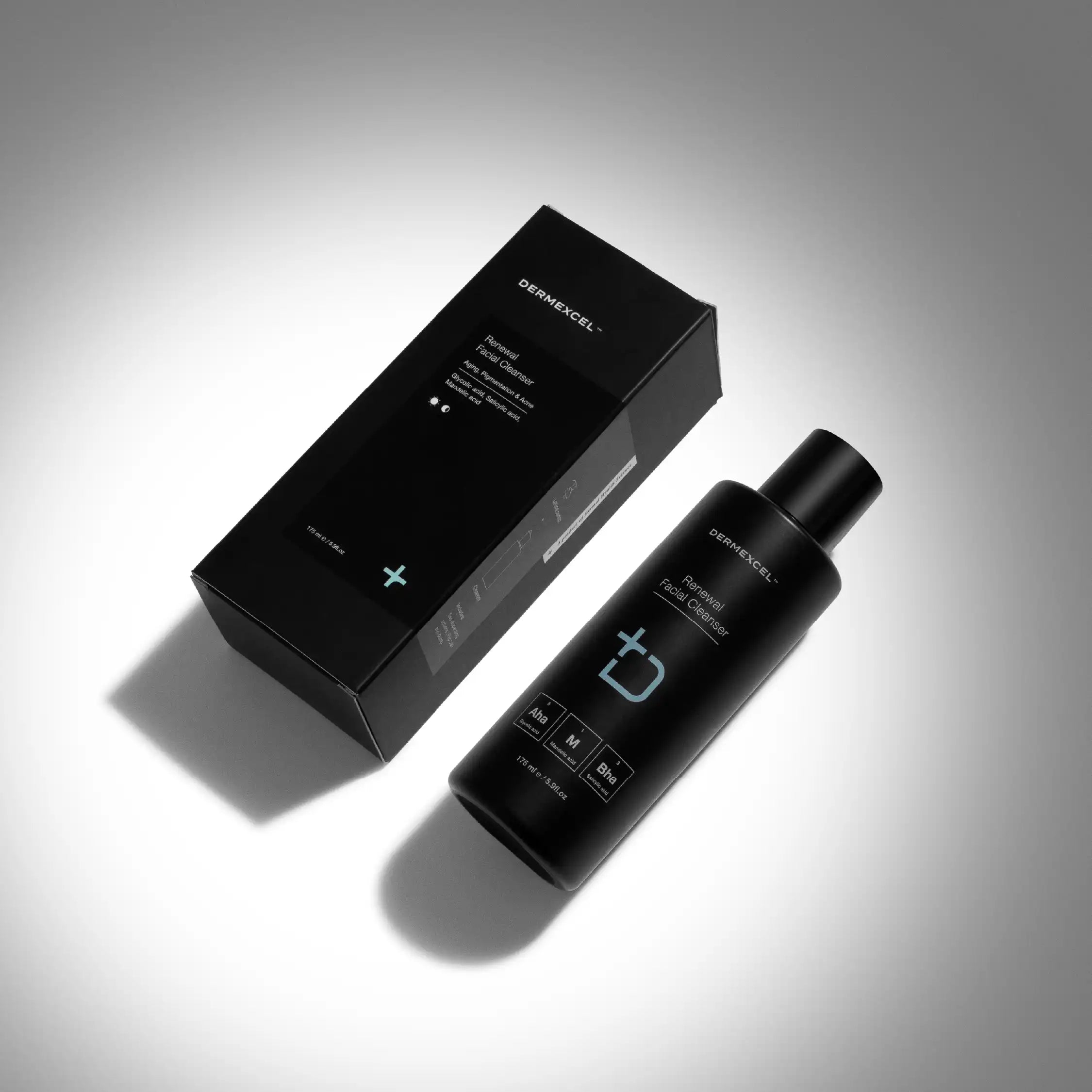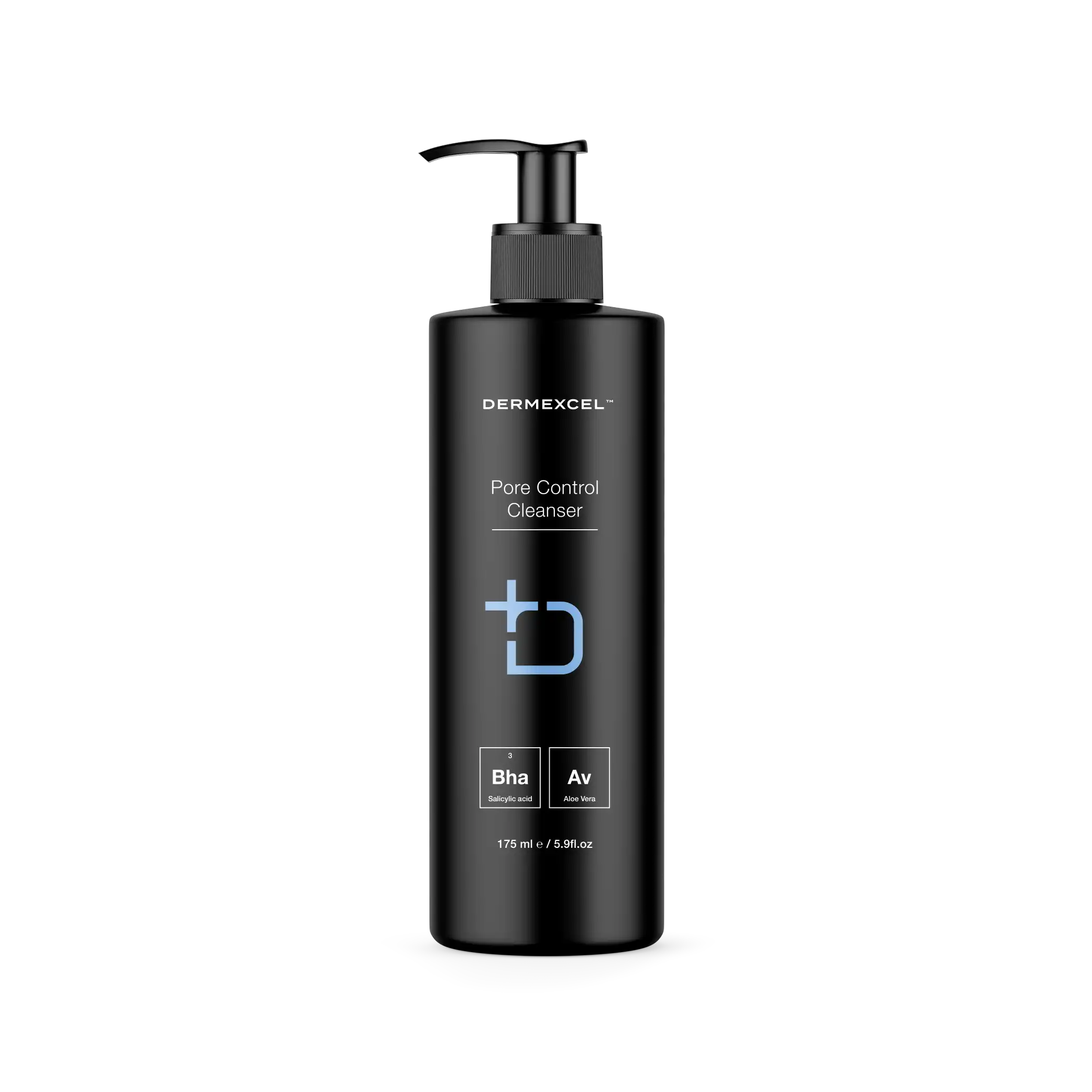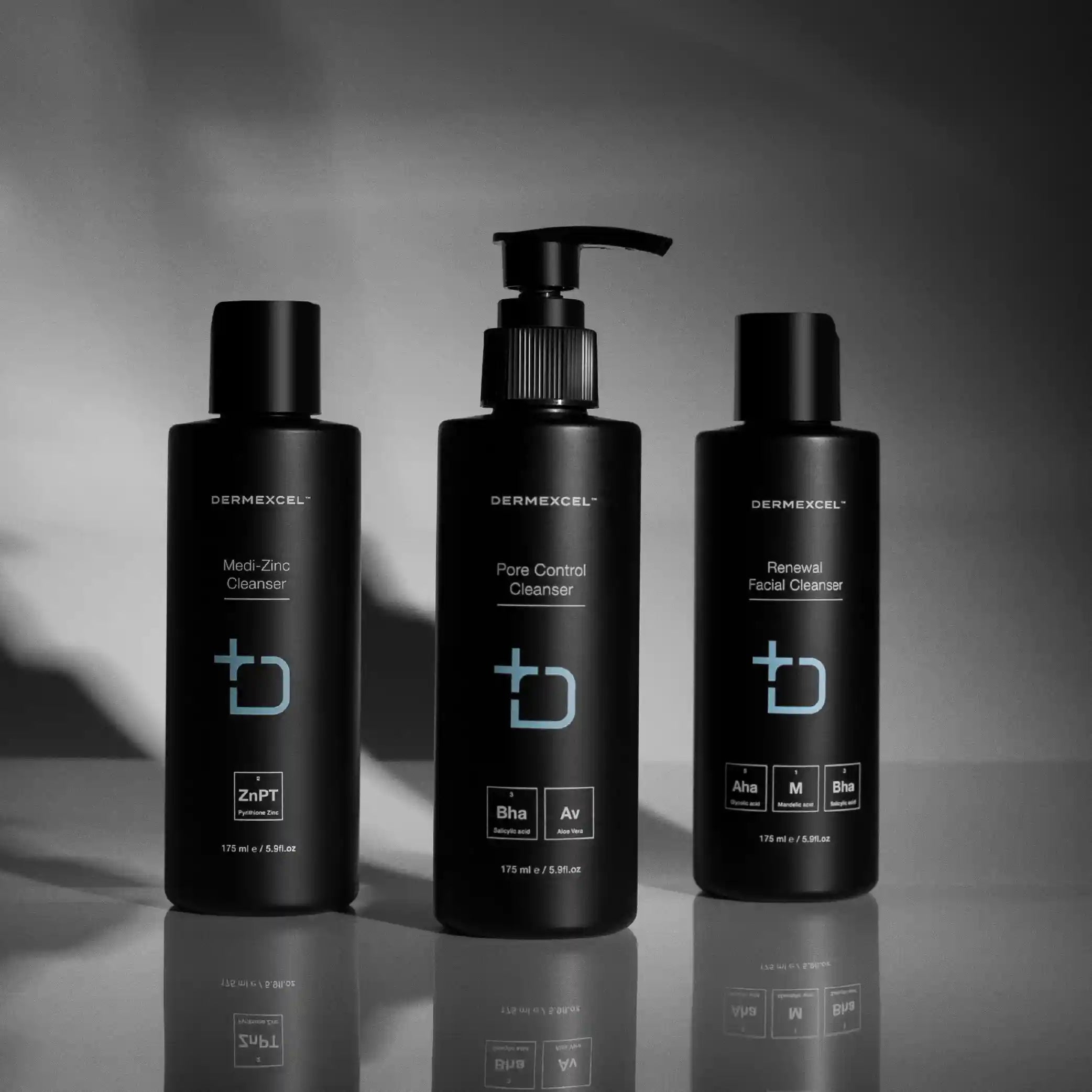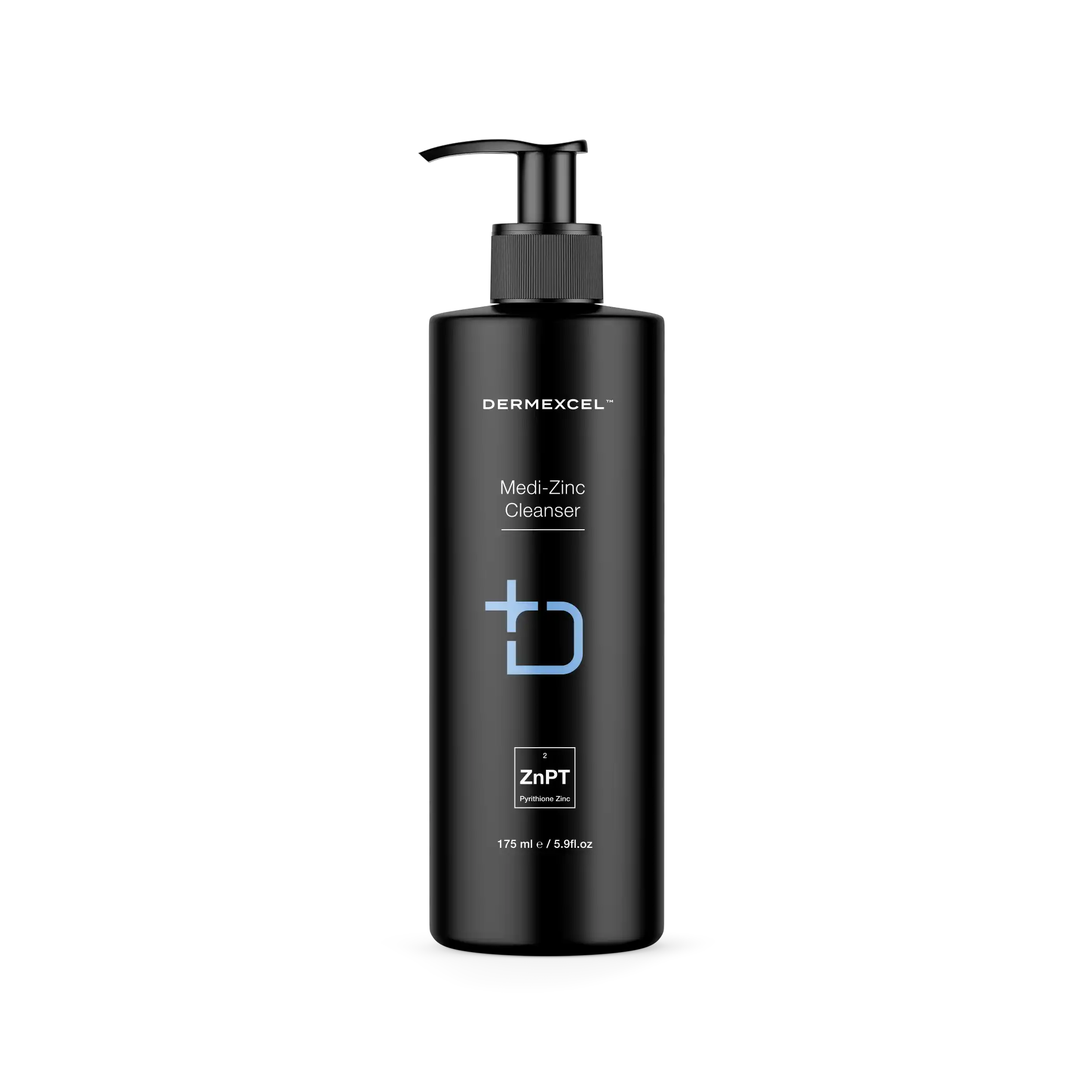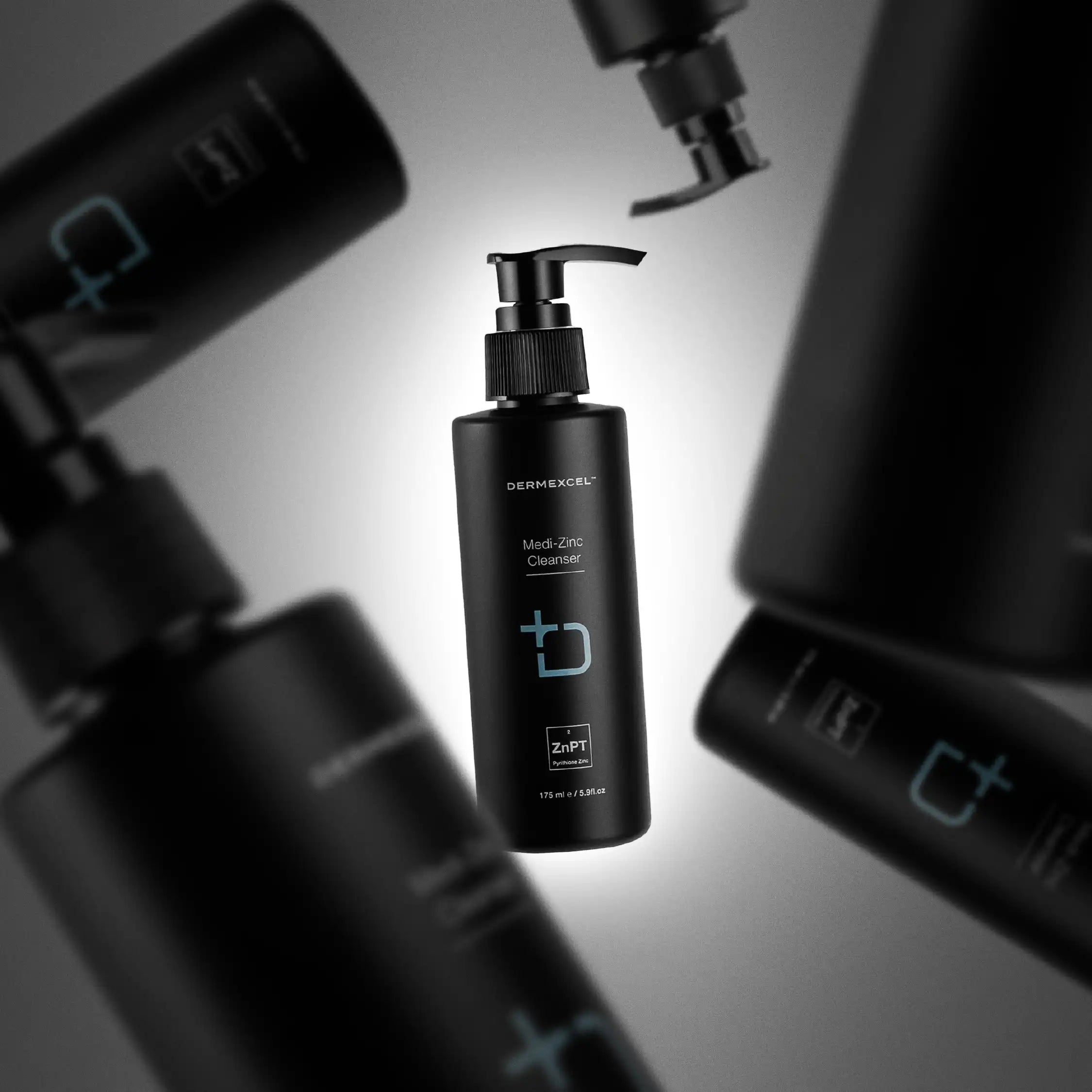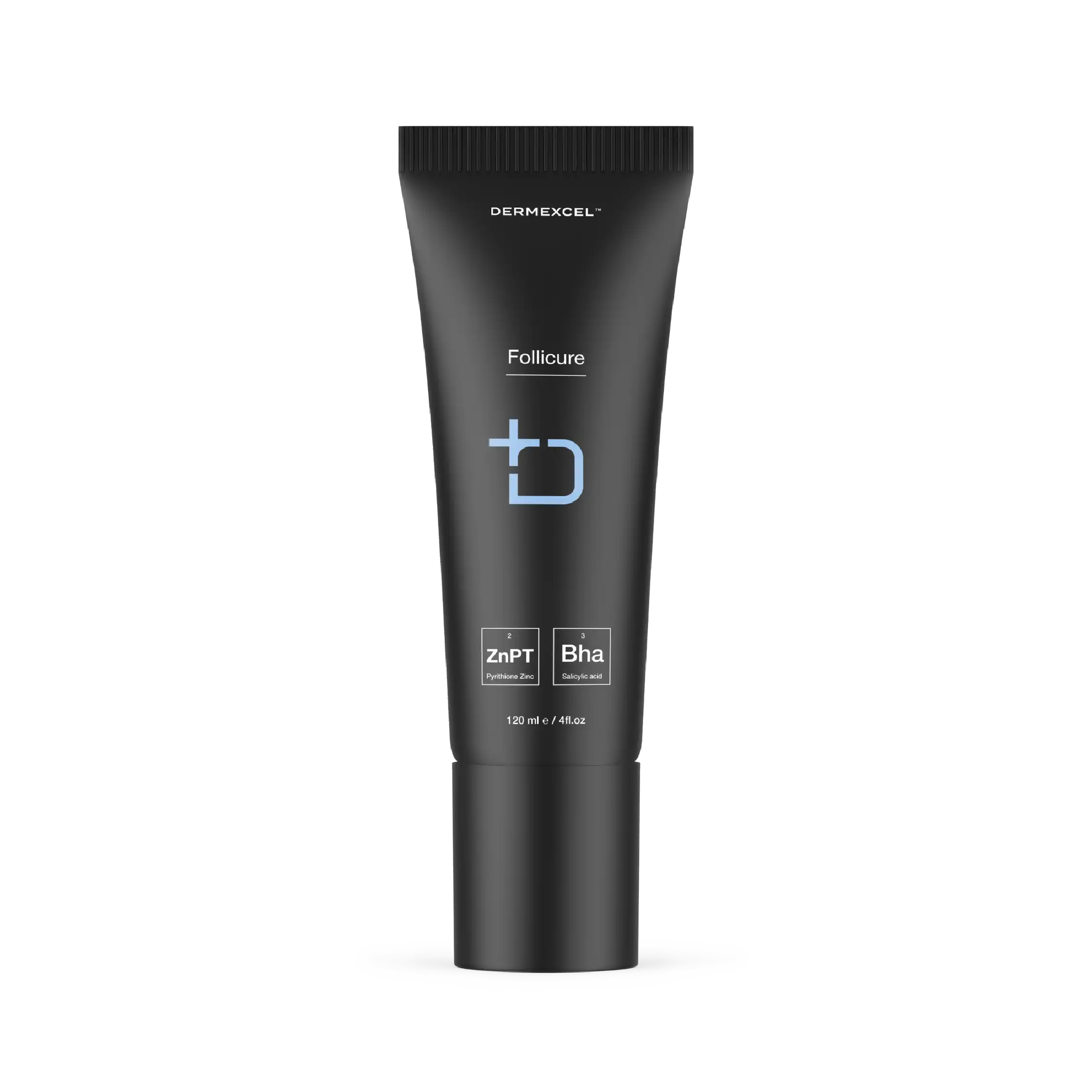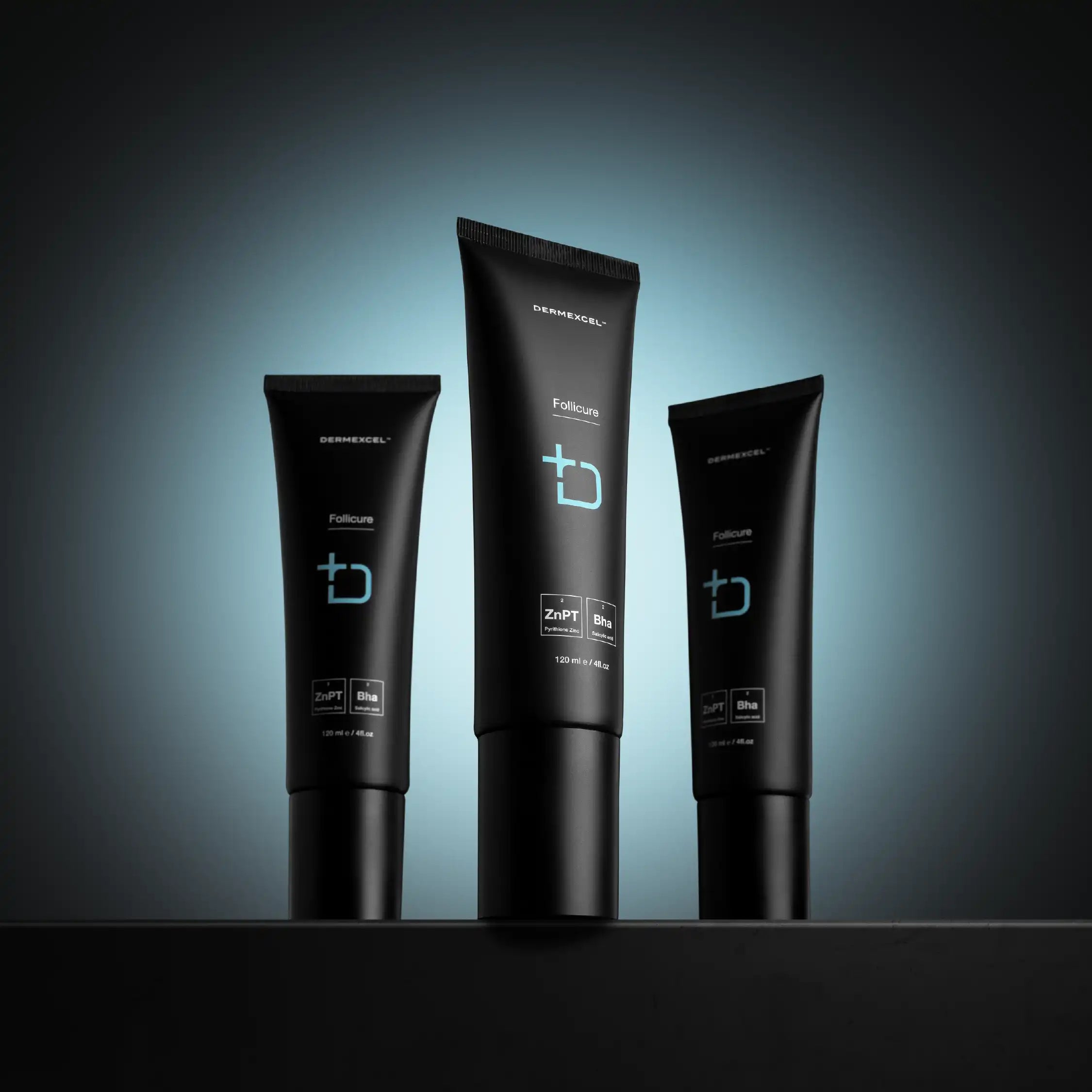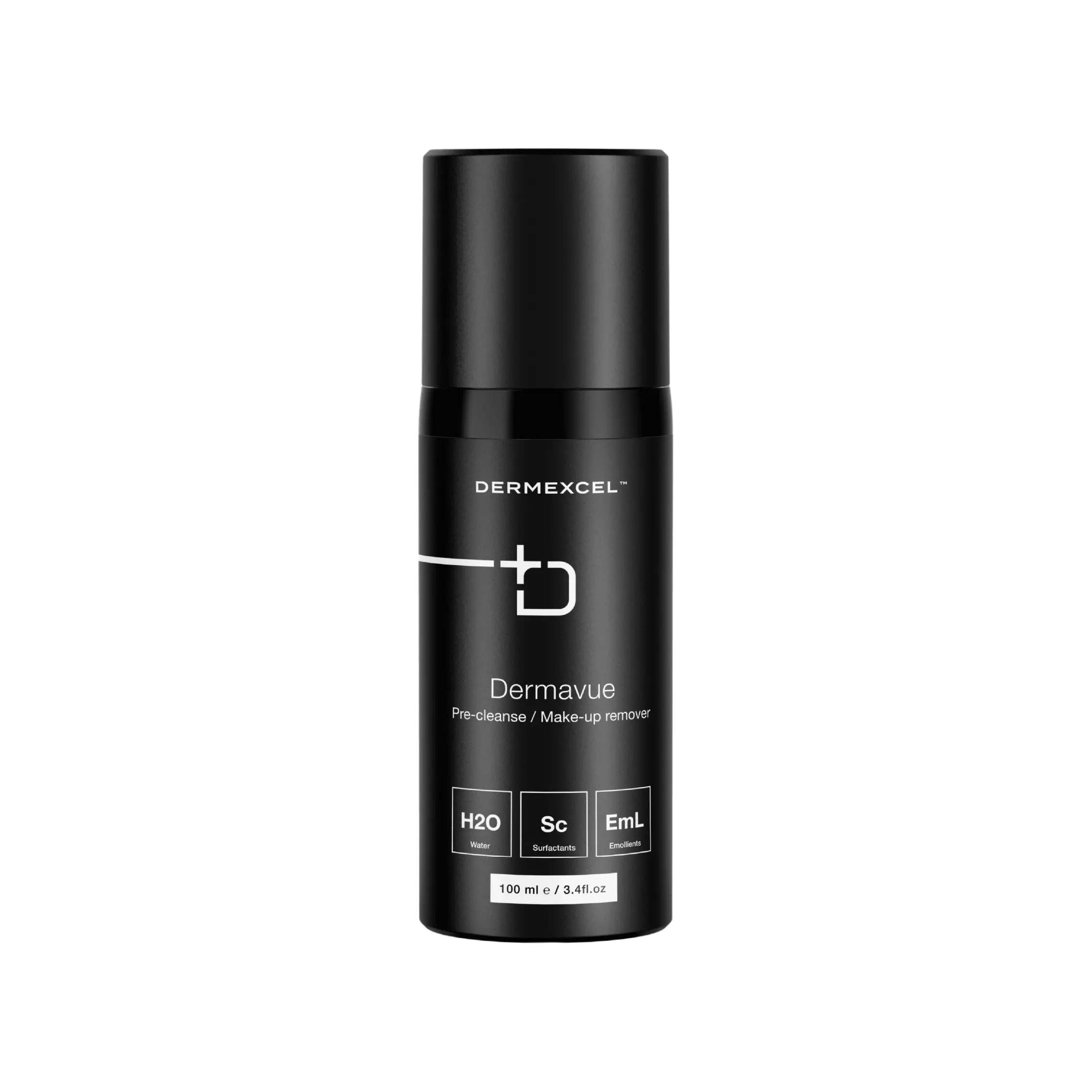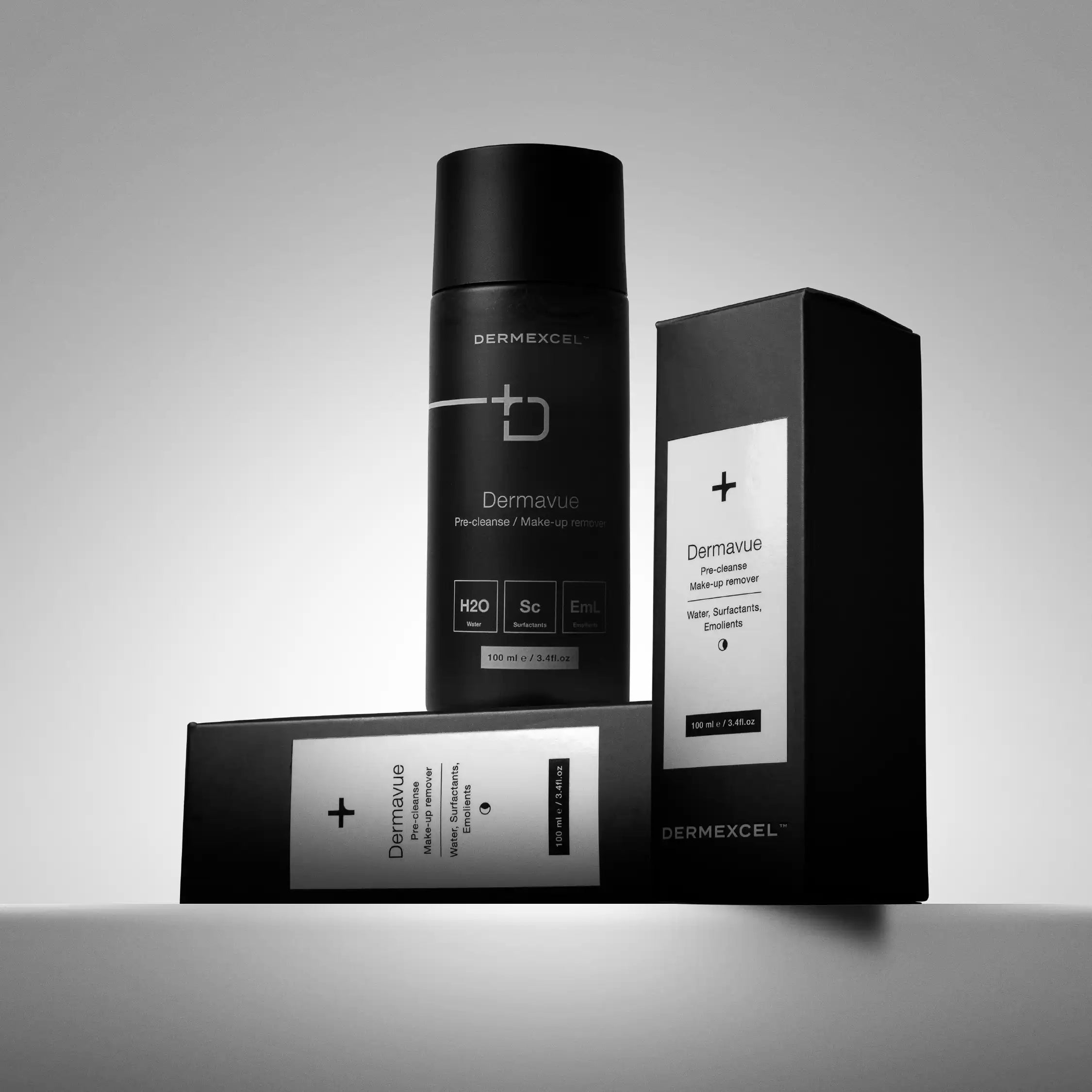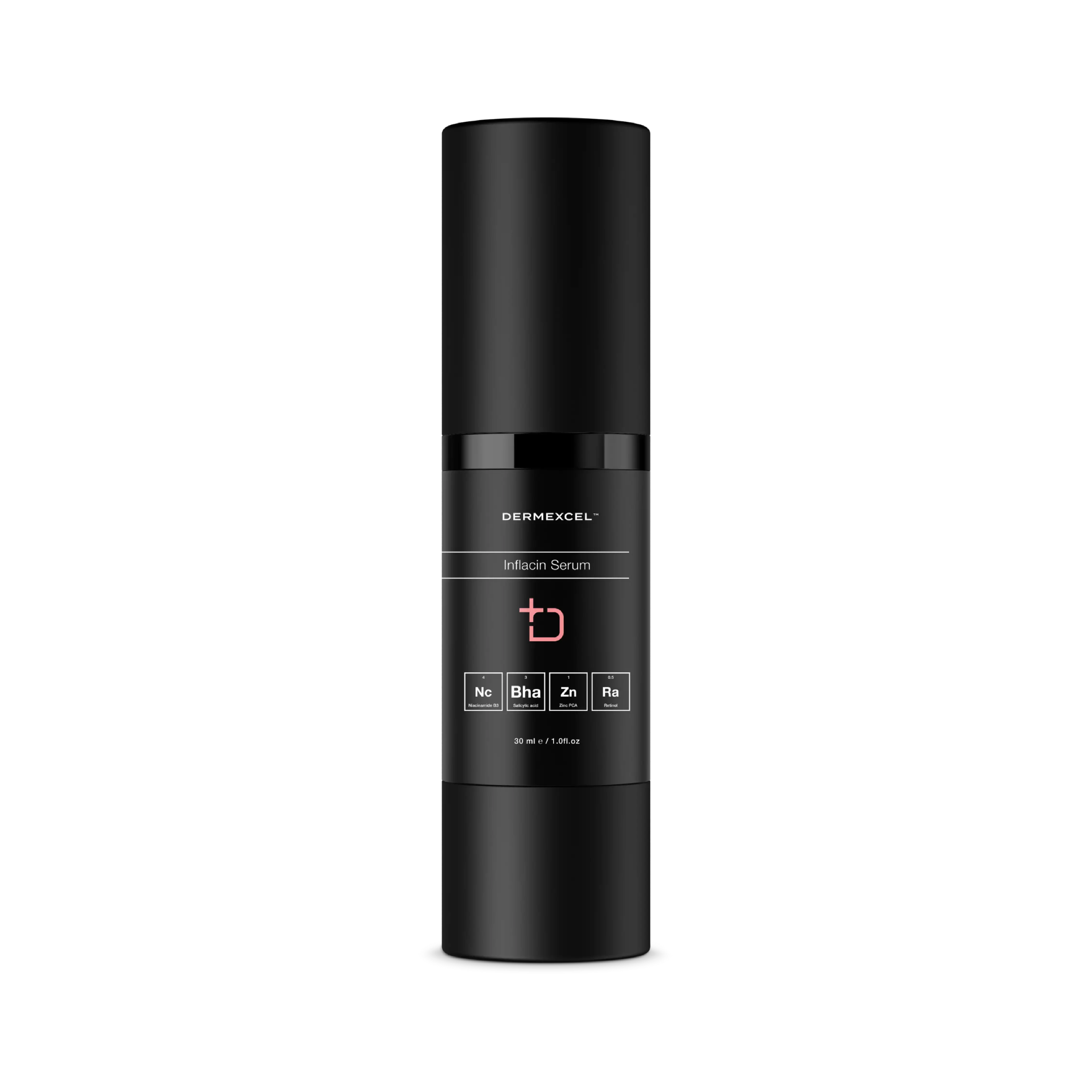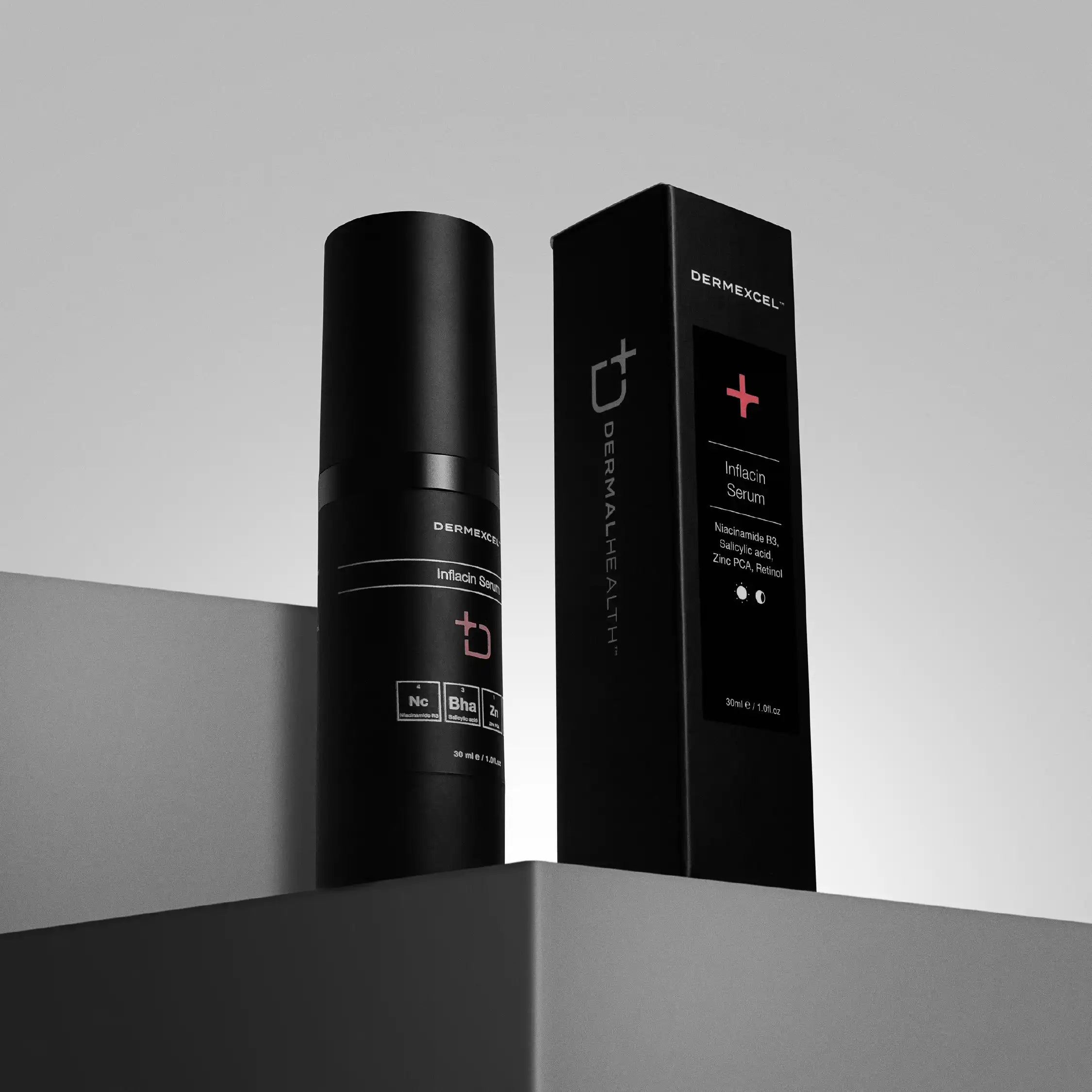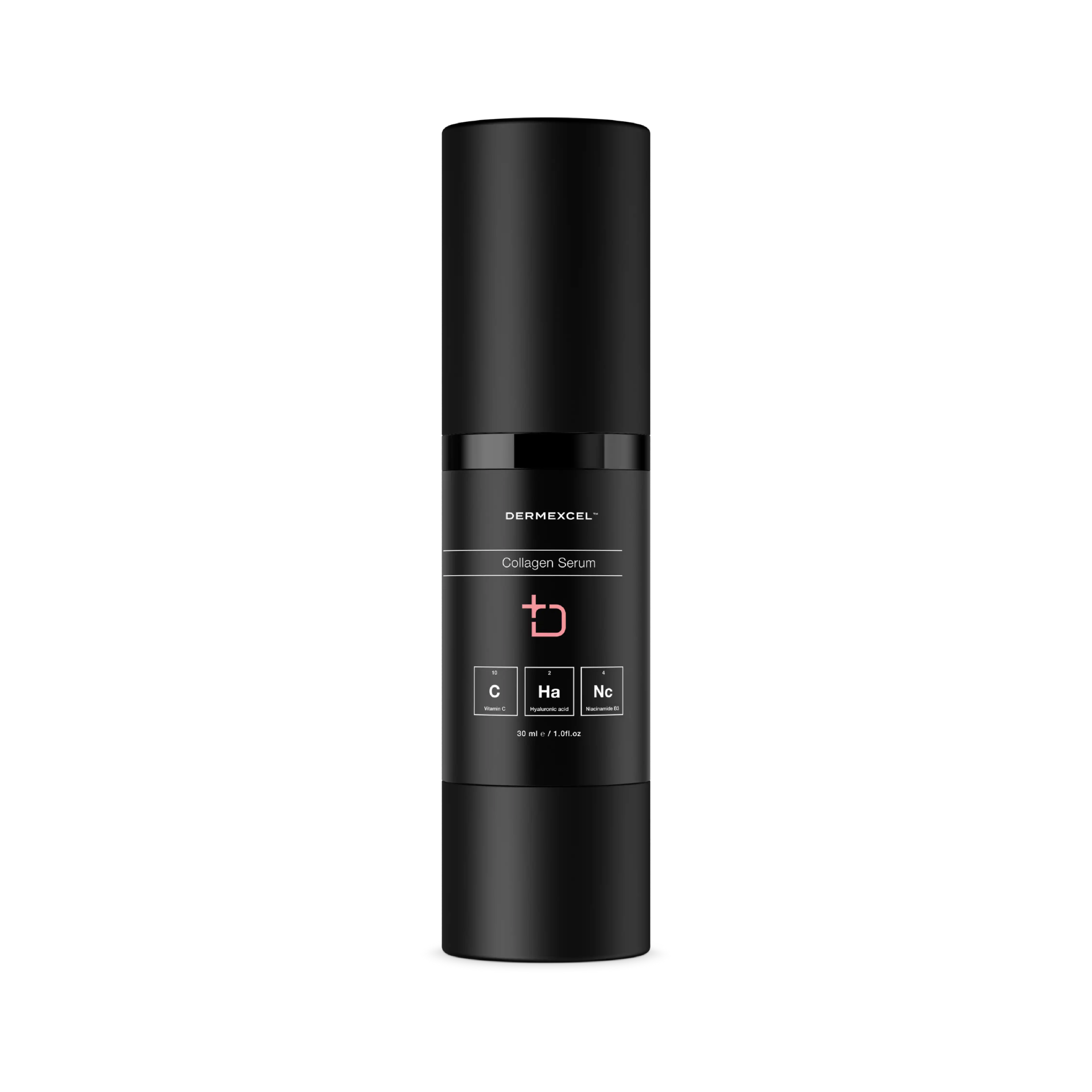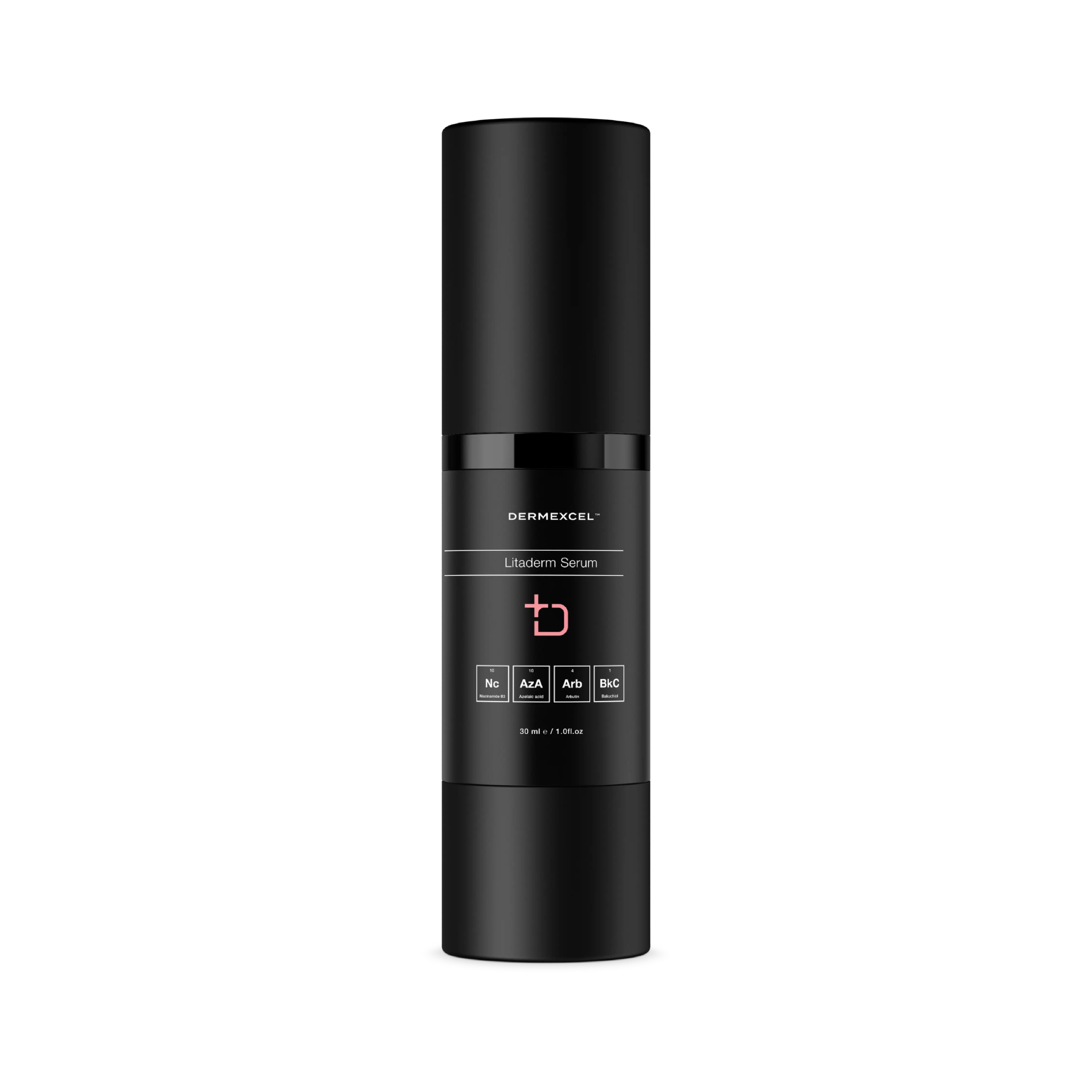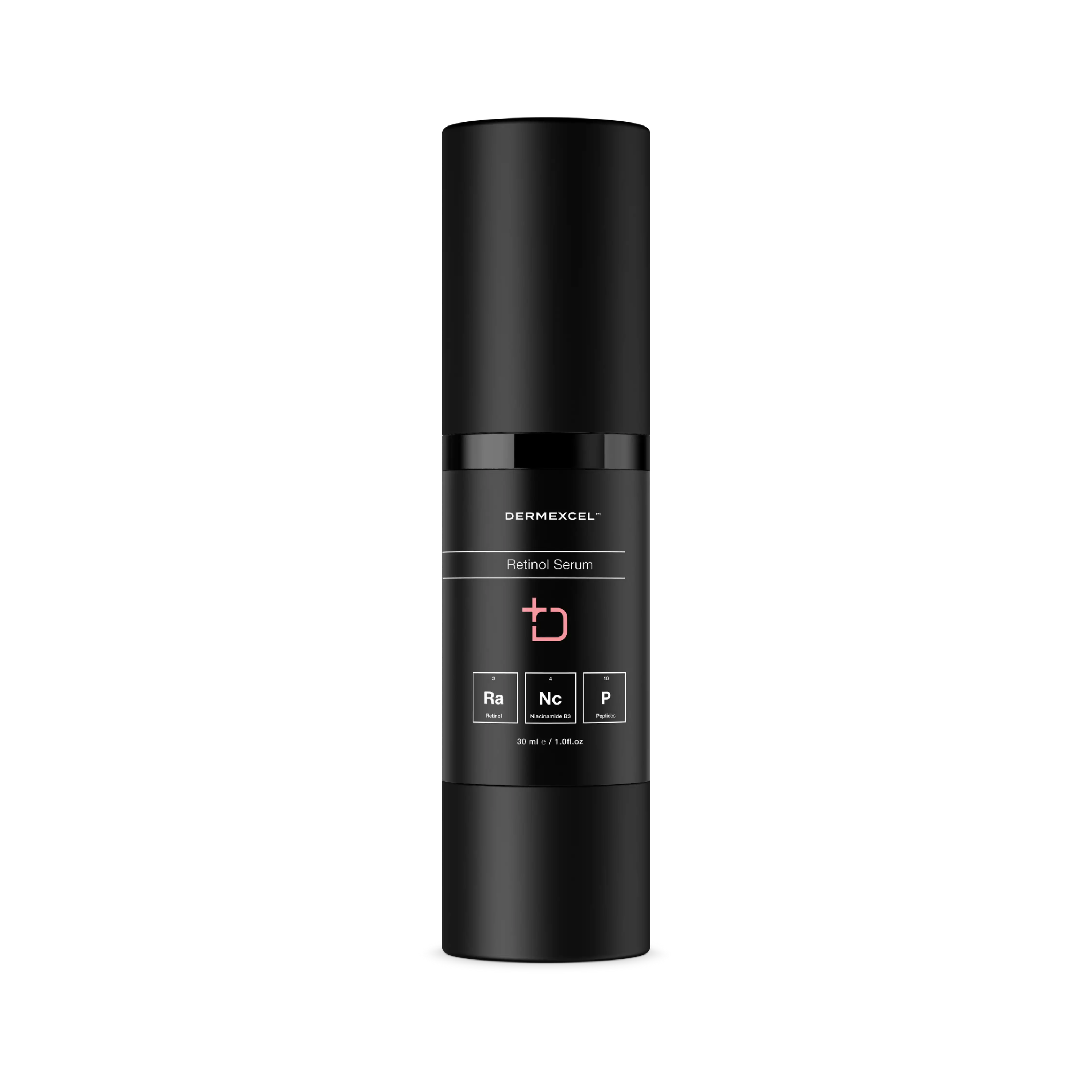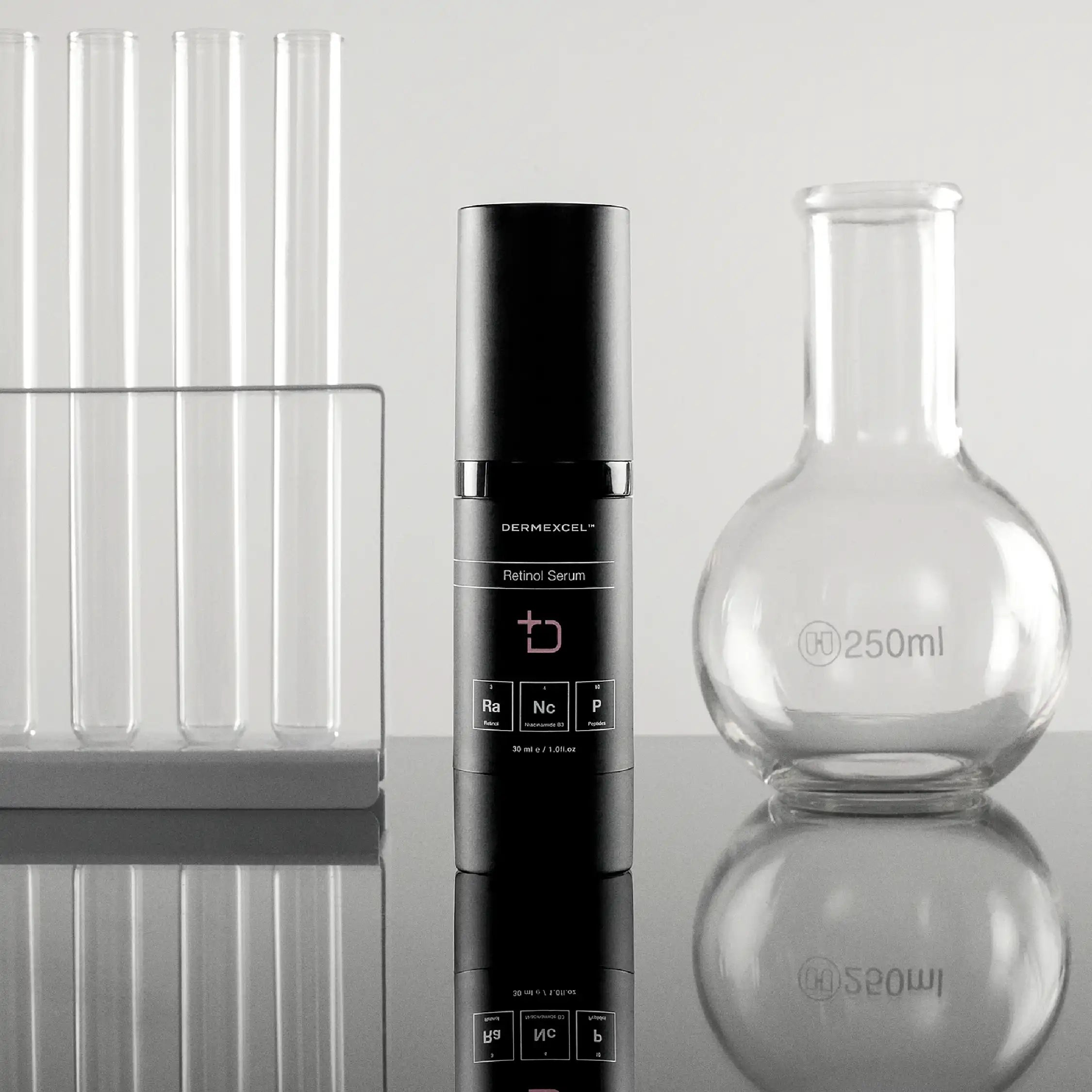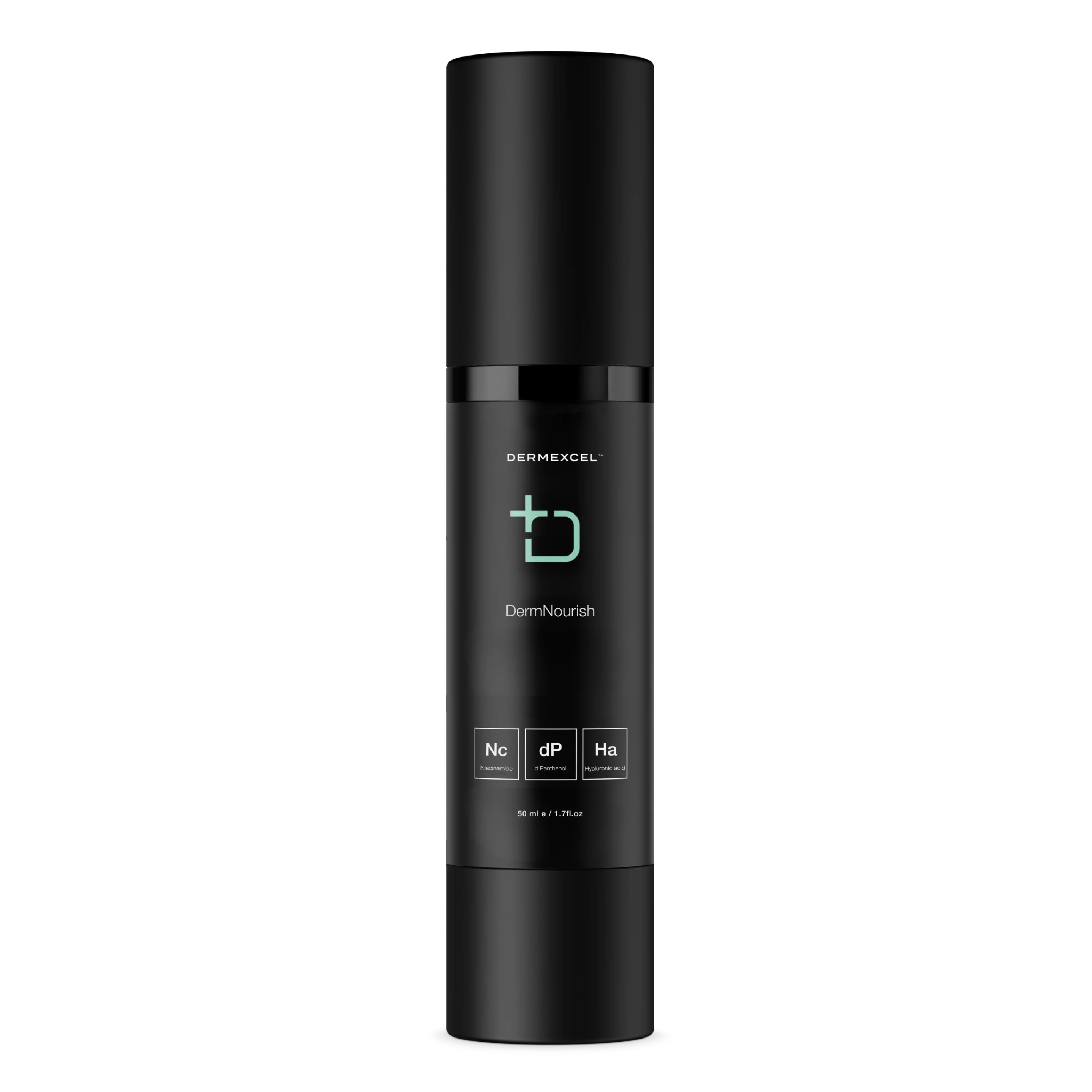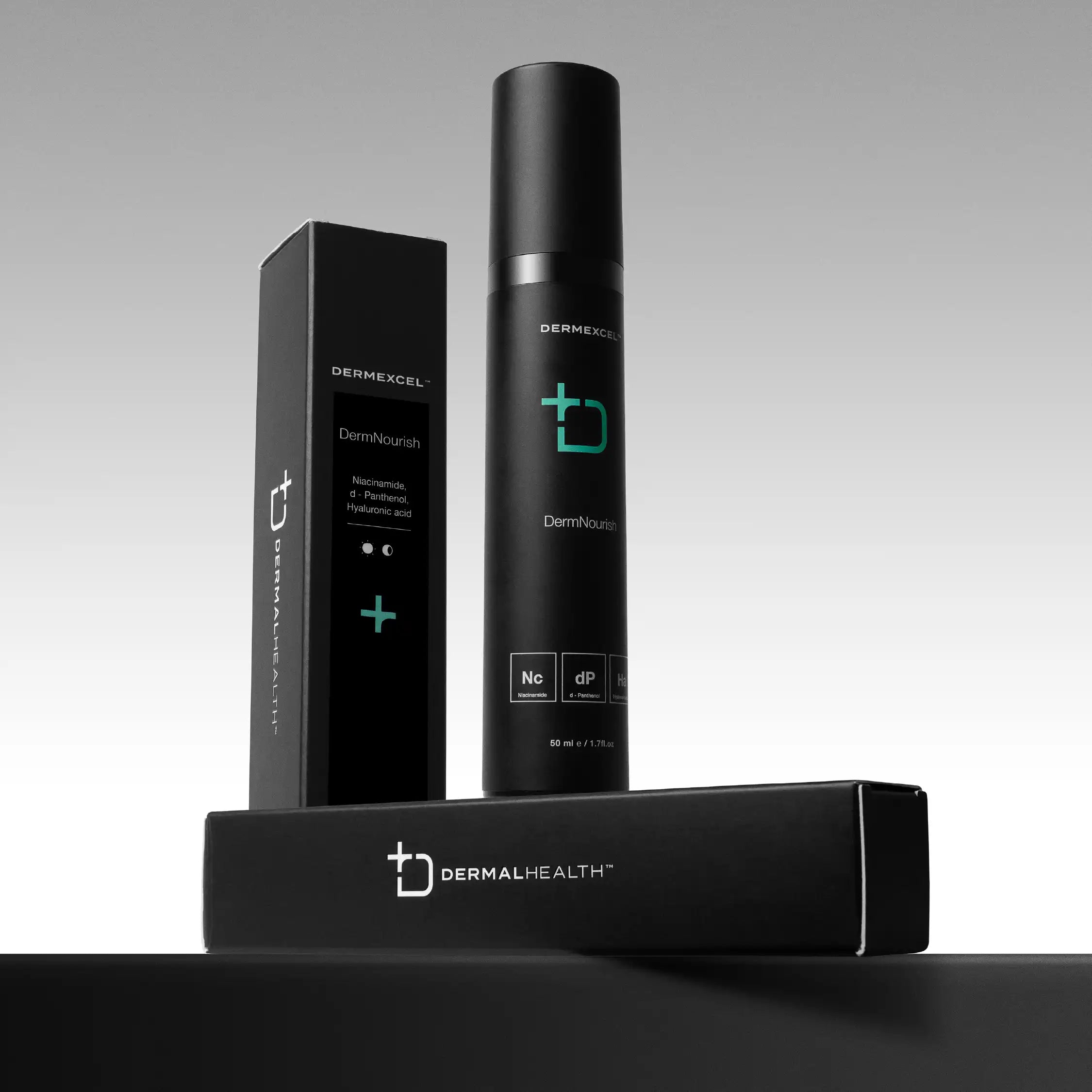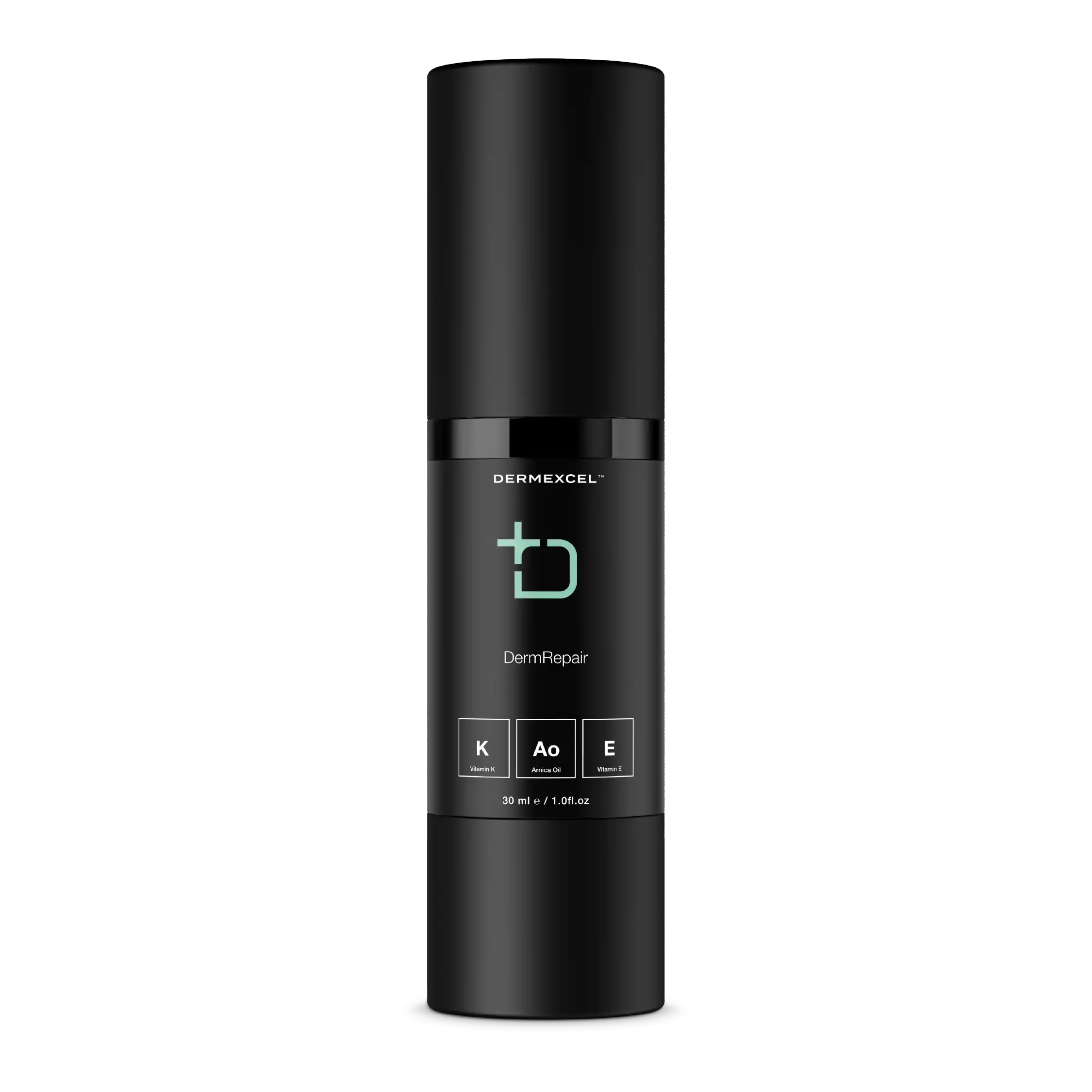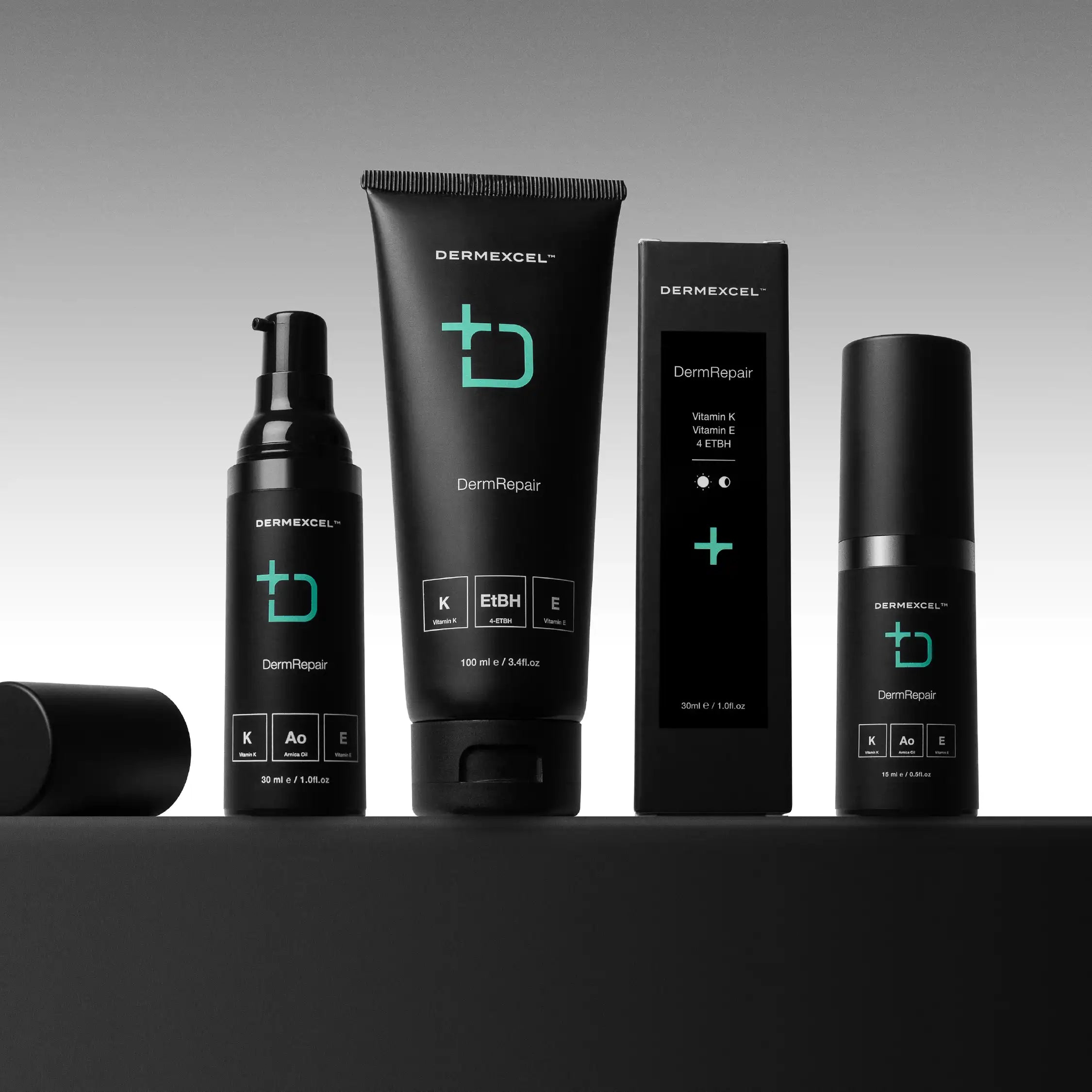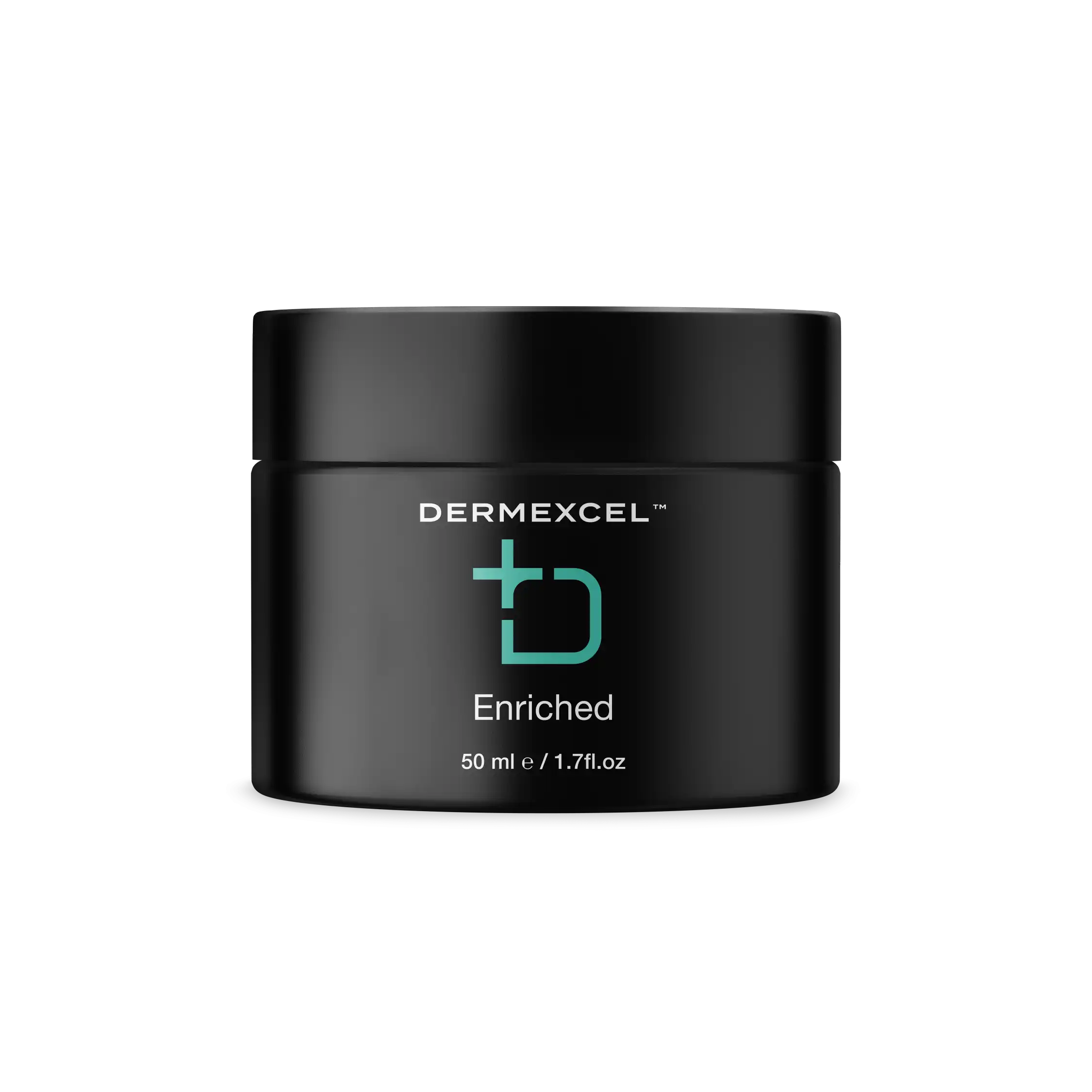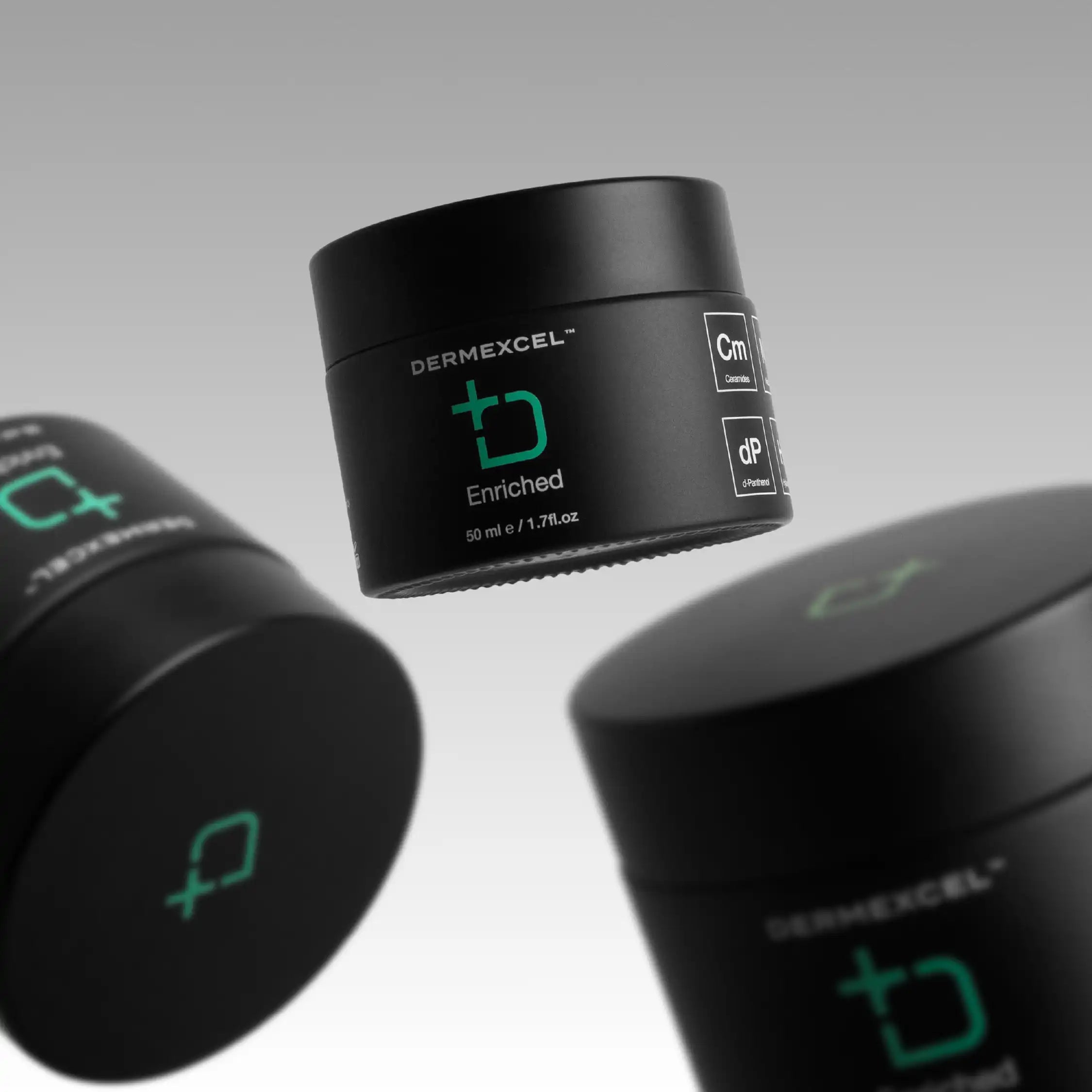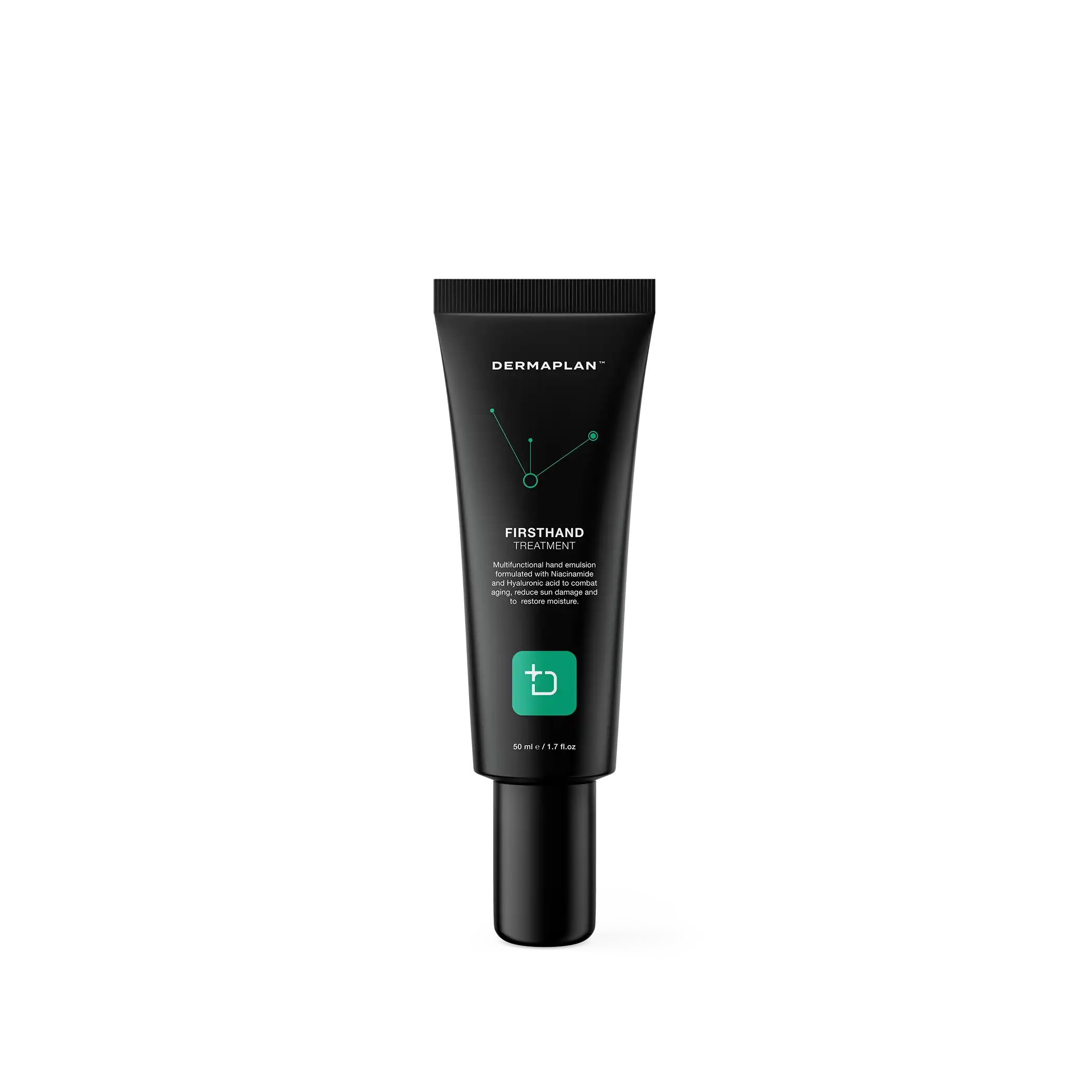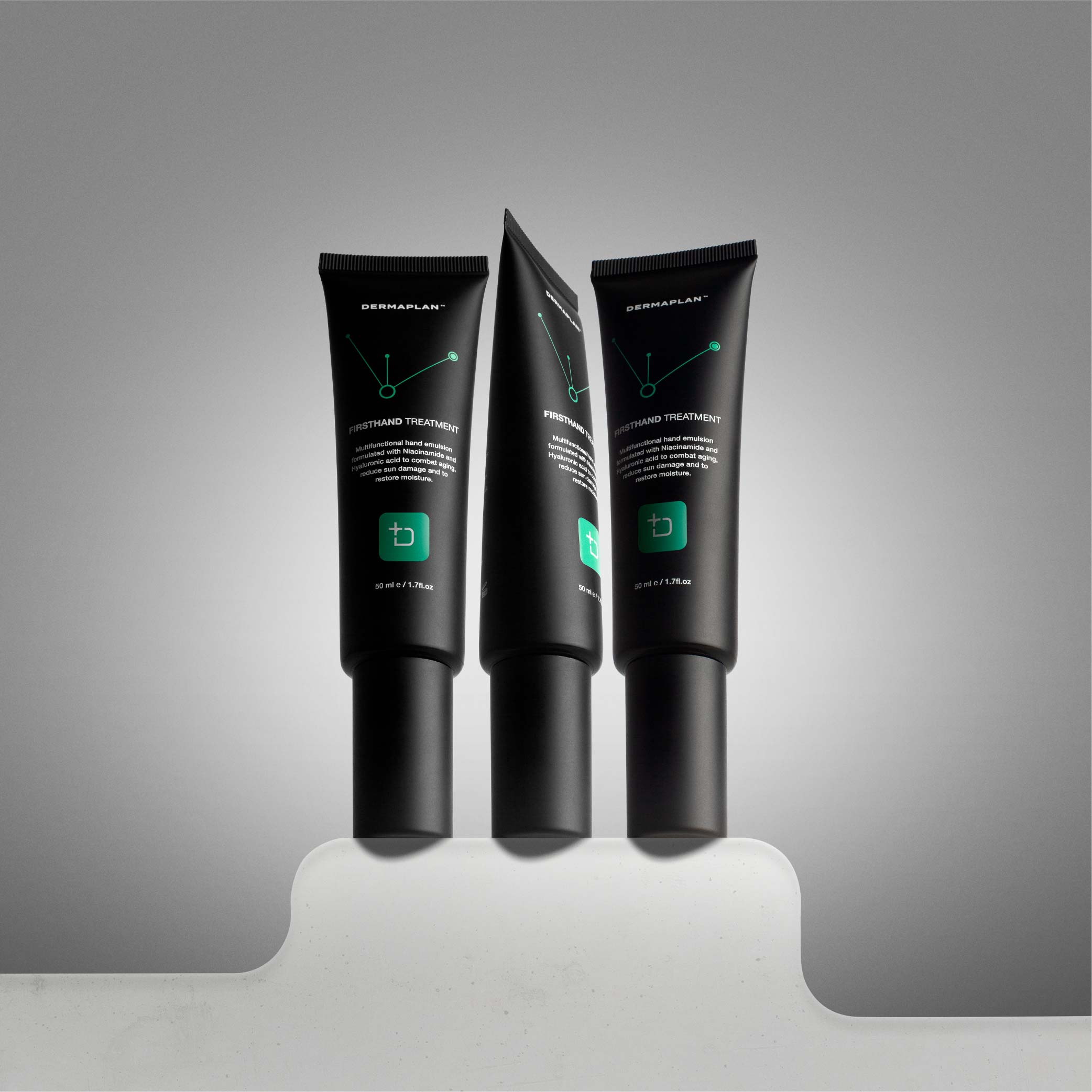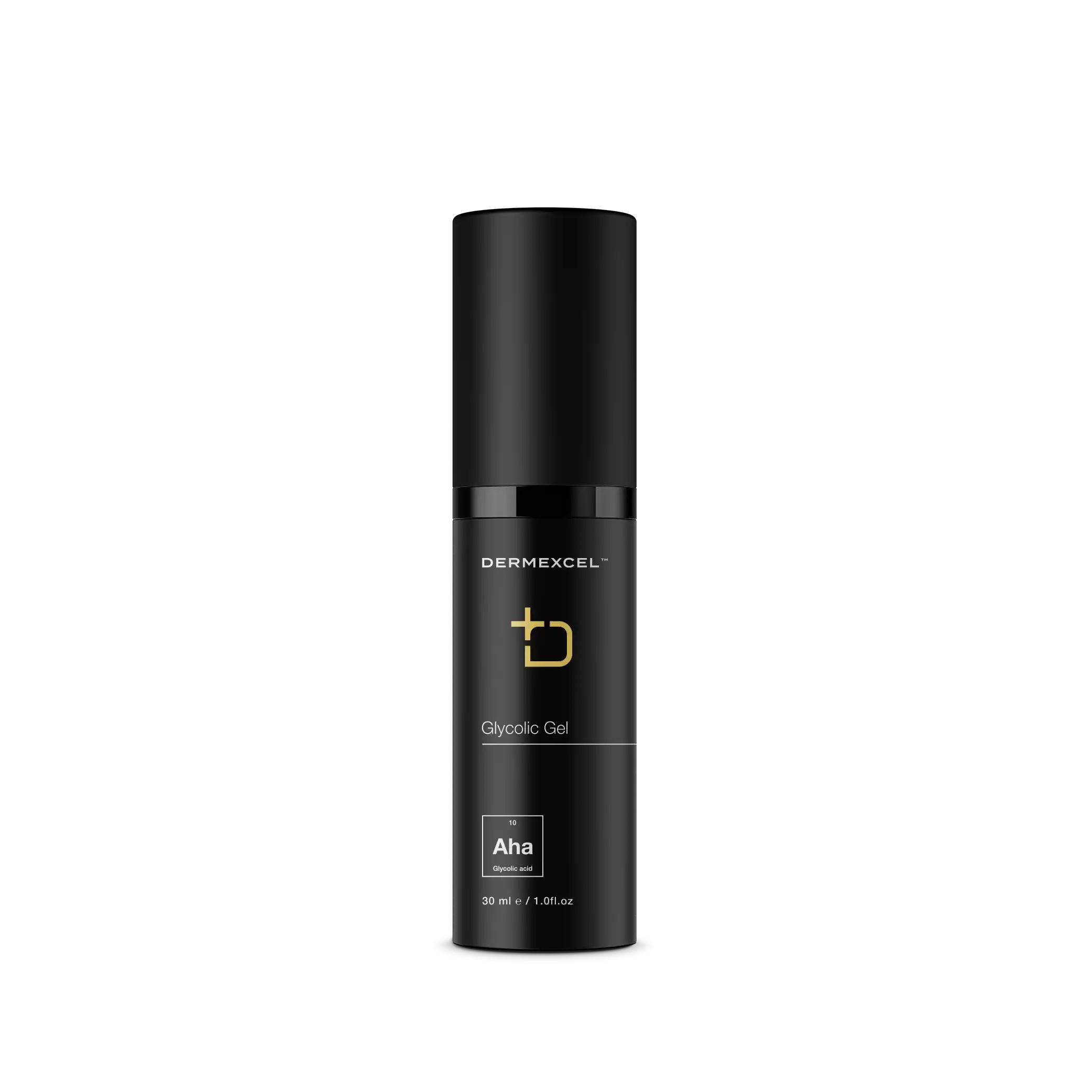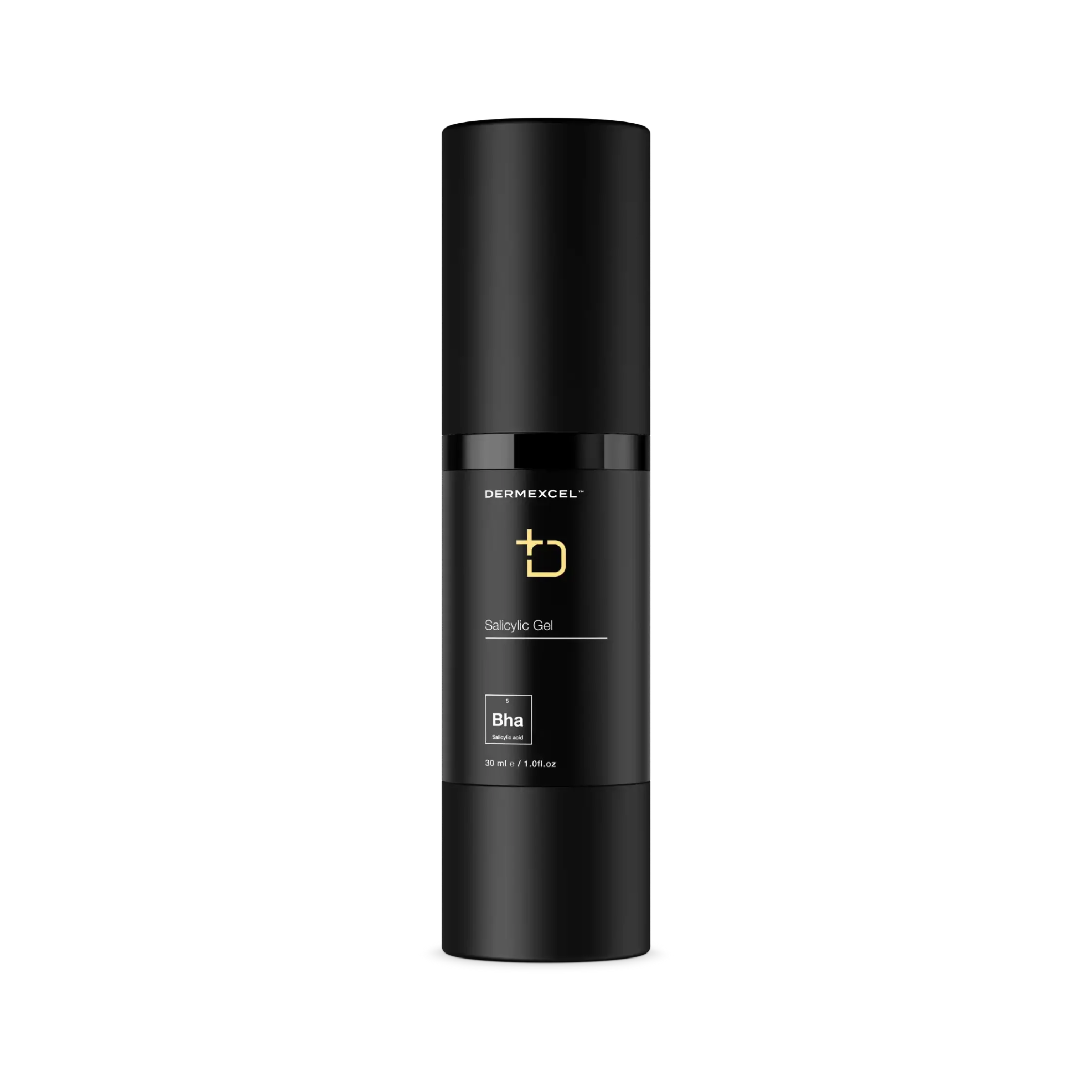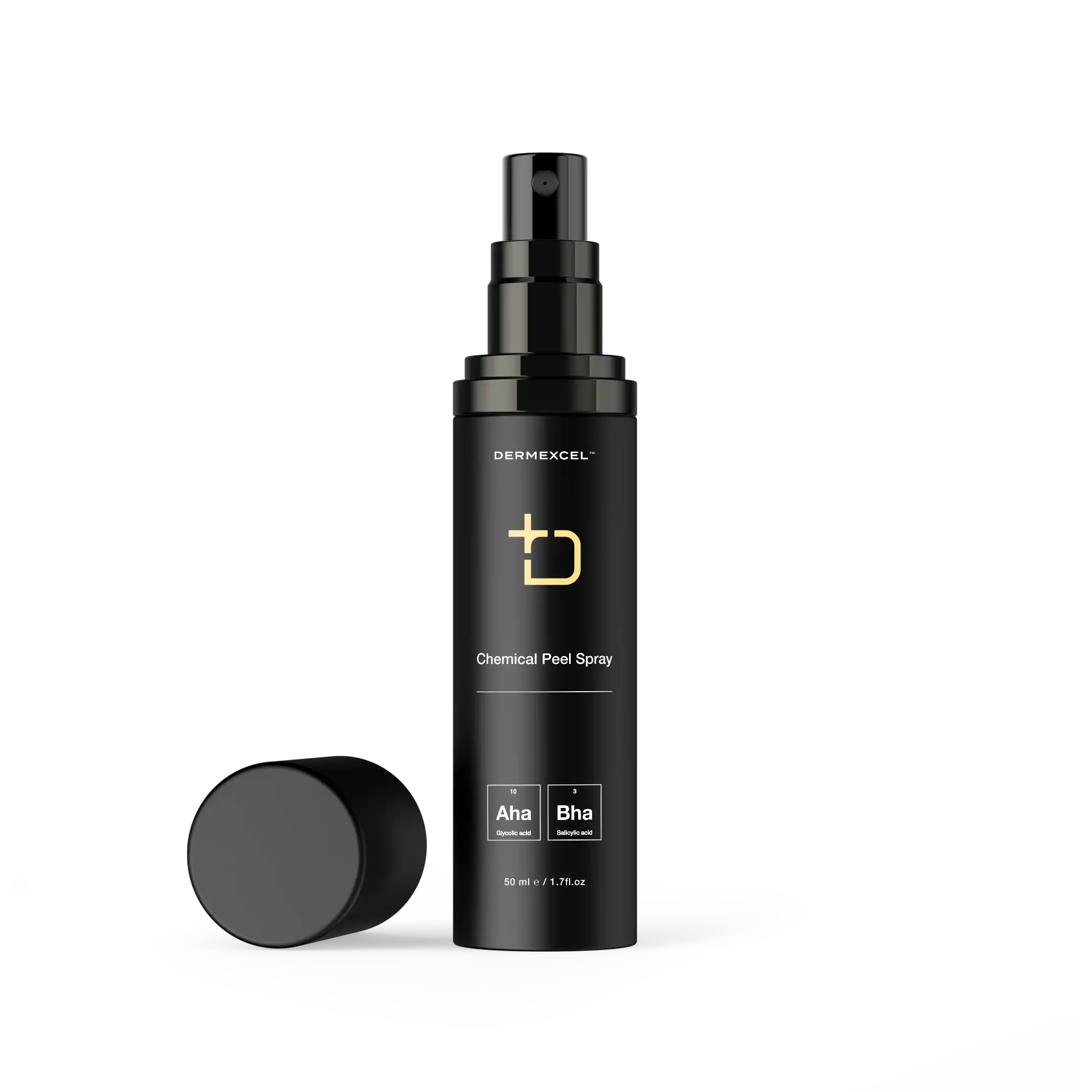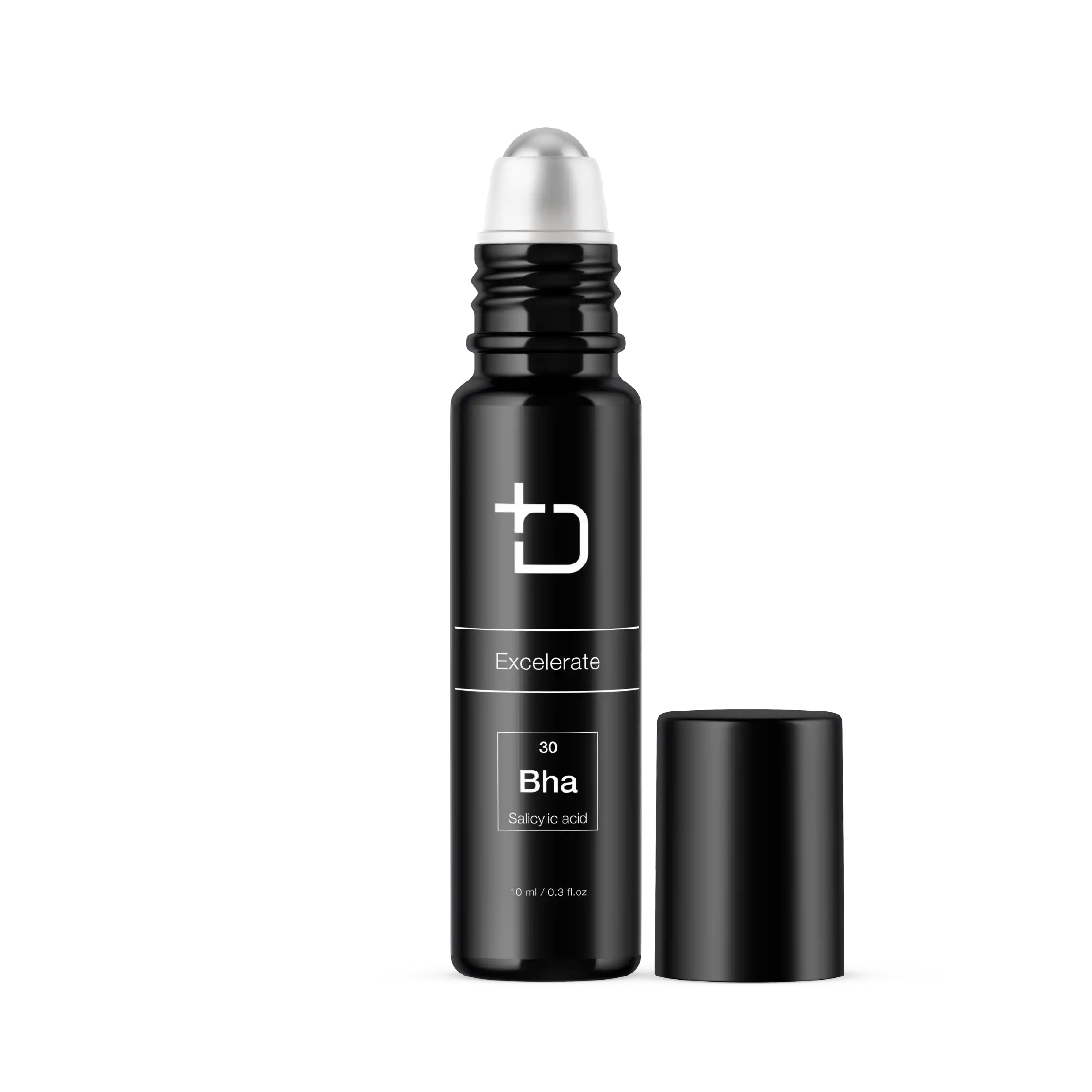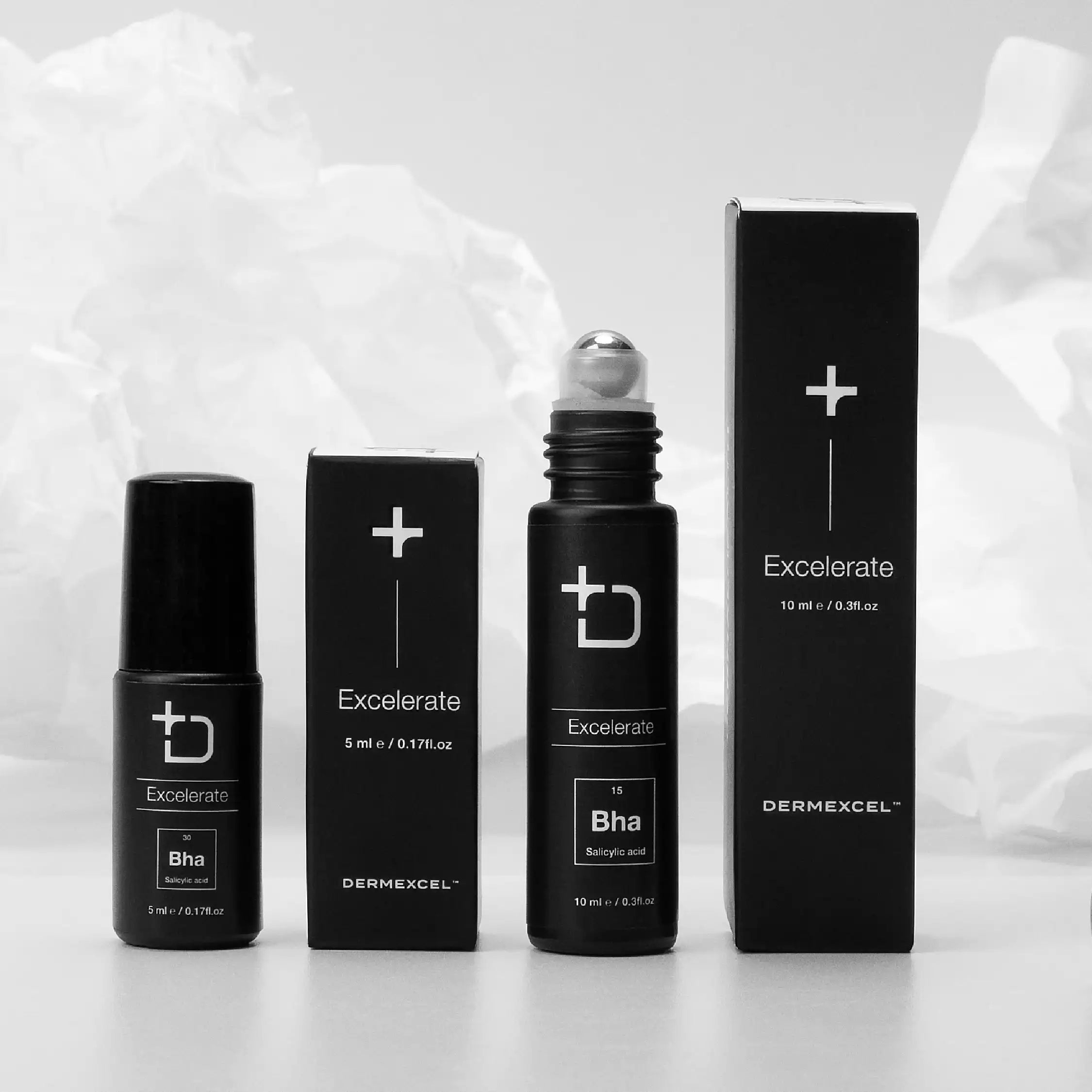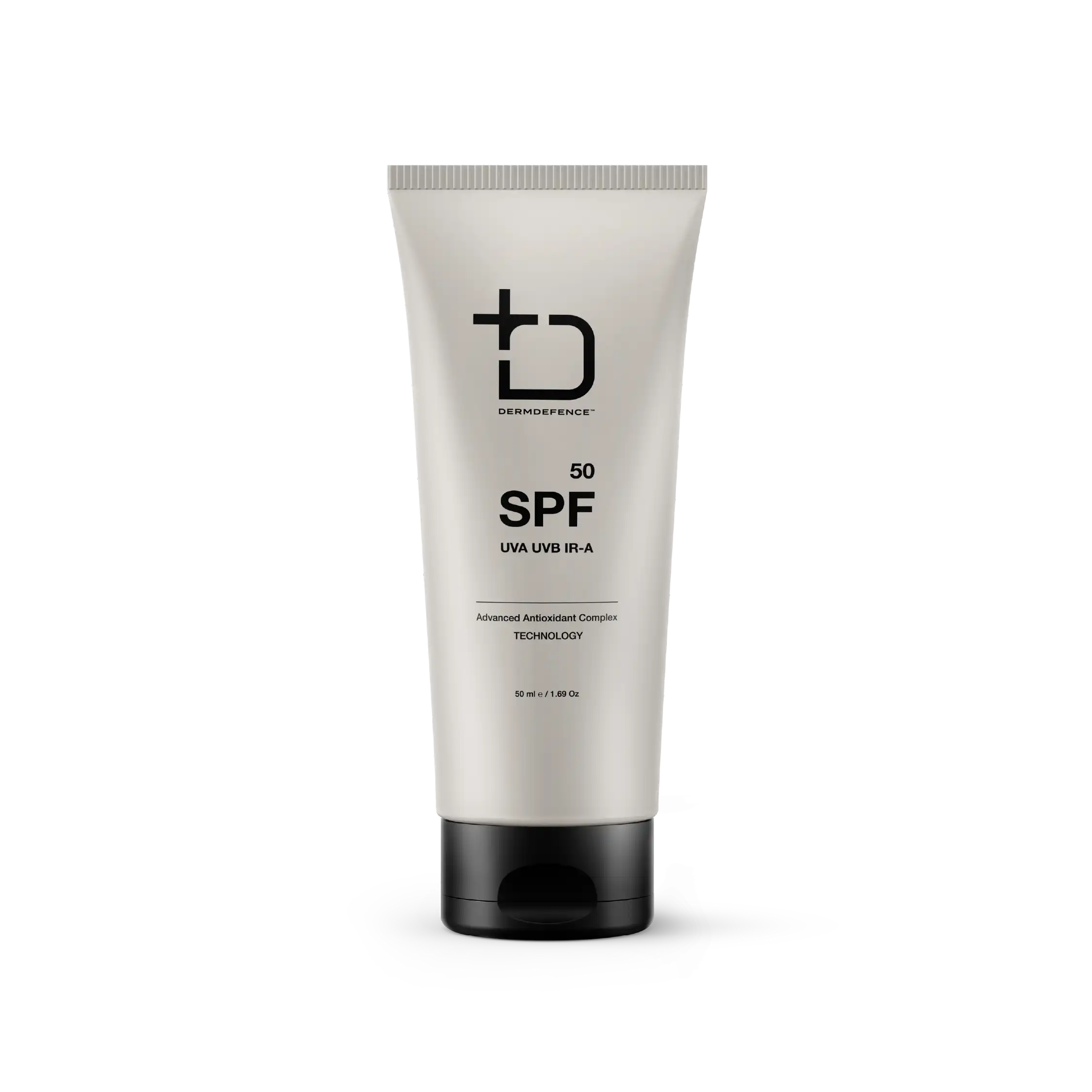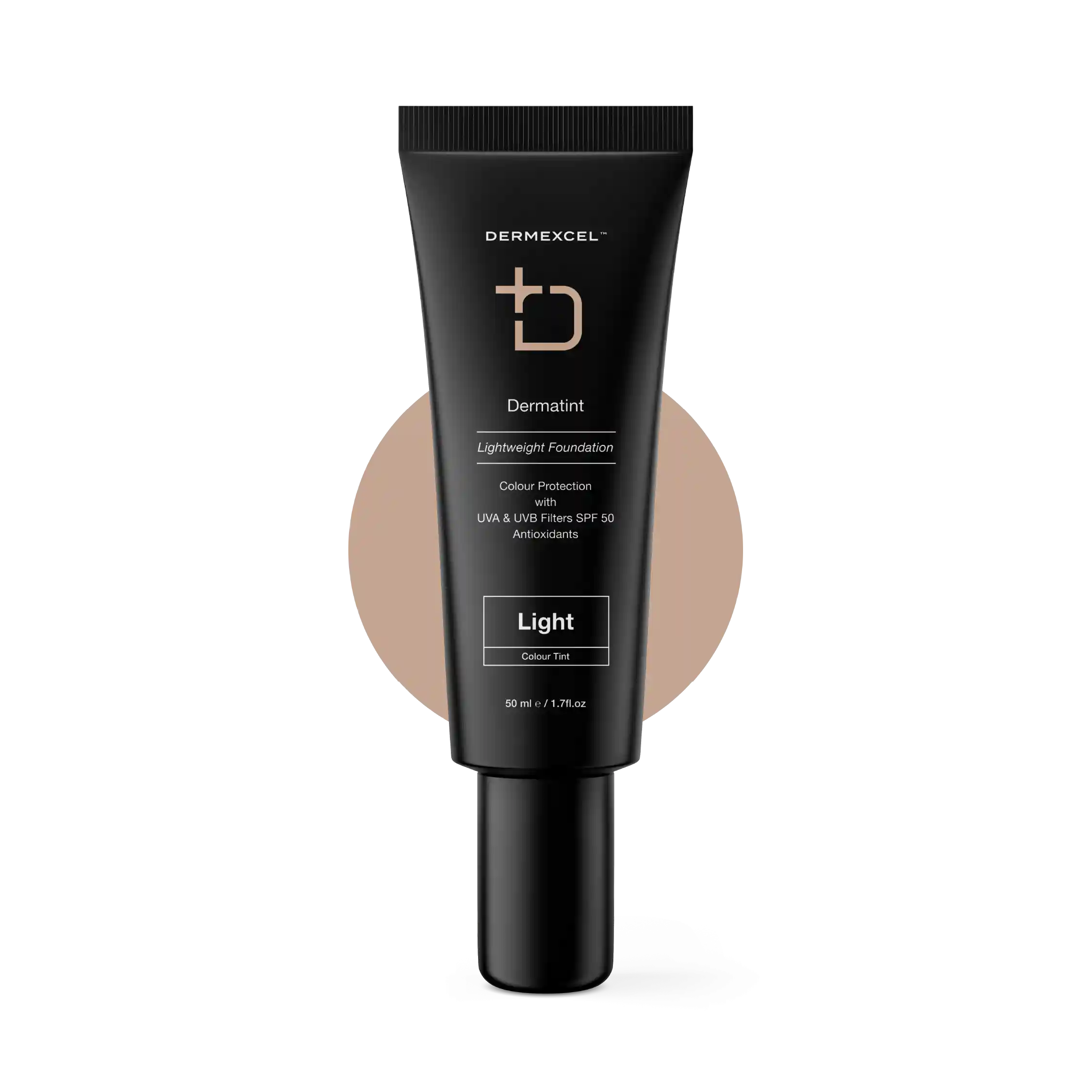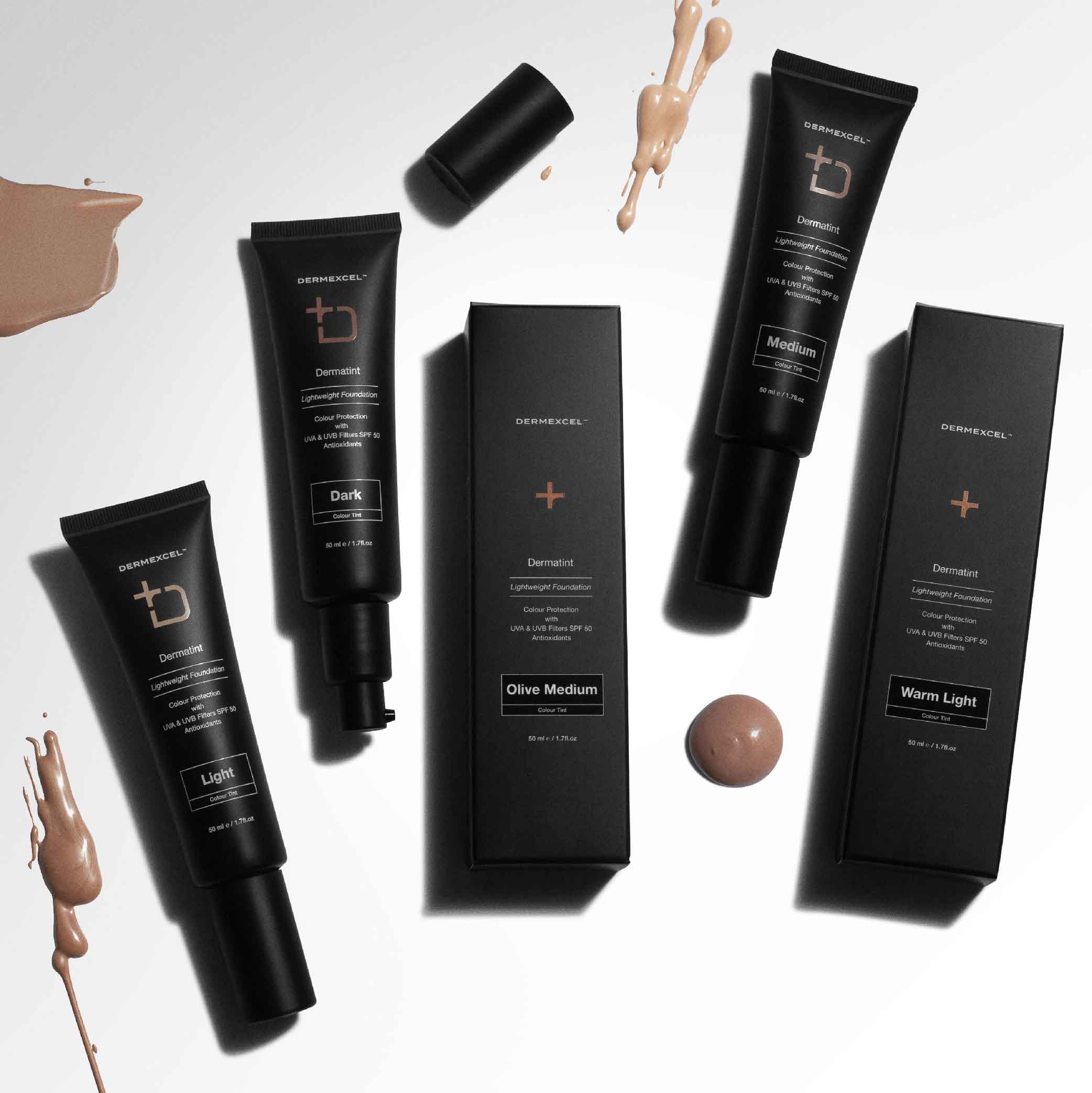Why does hyperpigmentation get darker before it gets lighter?
treatment objectives for hyperpigmentation
Inhibit pigment enzymes
Prevent pigment transfer
Inhibit pigment formation
Resurface new skin cells
DermExcel™
Sale price
R 4,687.00
Regular price
R 5,326.00
DermExcel™
Sale price
R 5,202.00
Regular price
R 6,049.00
DermExcel™
Sale price
R 4,369.00
Regular price
R 4,965.00
DermExcel™
Sale price
R 4,892.00
Regular price
R 5,688.00
DermExcel™
Sale price
R 4,351.00
Regular price
R 4,944.00
DermExcel™
Sale price
R 4,334.00
Regular price
R 4,925.00
DermExcel™
Sale price
R 4,060.00
Regular price
R 4,511.00
DermExcel™
Sale price
R 4,469.00
Regular price
R 5,078.00
DermExcel™
Sale price
R 4,359.00
Regular price
R 4,953.00
DermExcel™
Sale price
R 3,537.00
Regular price
R 3,930.00
DermExcel™
Sale price
R 4,342.00
Regular price
R 4,934.00
DermExcel™
Sale price
R 3,537.00
Regular price
R 3,930.00
DermExcel™
Sale price
R 4,289.00
Regular price
R 4,874.00
DermExcel™
Sale price
R 4,679.00
Regular price
R 5,441.00
DermExcel™
Sale price
R 440.00
DermExcel™
Sale price
R 440.00
DermExcel™
Sale price
R 449.00
DermExcel™
Sale price
R 497.00
DermExcel™
Sale price
R 266.00
DermExcel™
Sale price
R 796.00
DermExcel™
Sale price
R 1,157.00
DermExcel™
Sale price
R 1,179.00
DermExcel™
Sale price
R 1,218.00
DermExcel™
Sale price
R 723.00
DermExcel™
Sale price
R 775.00
DermExcel™
Sale price
R 567.00
Dermaplan™
Sale price
R 290.00
DermExcel™
Sale price
R 815.00
DermExcel™
Sale price
R 794.00
DermExcel™
Sale price
R 715.00
DermExcel™
Sale price
R 305.00
DermExcel™
Sale price
R 202.00
DermExcel™
Sale price
R 517.00
DermExcel™
Sale price
R 846.00






